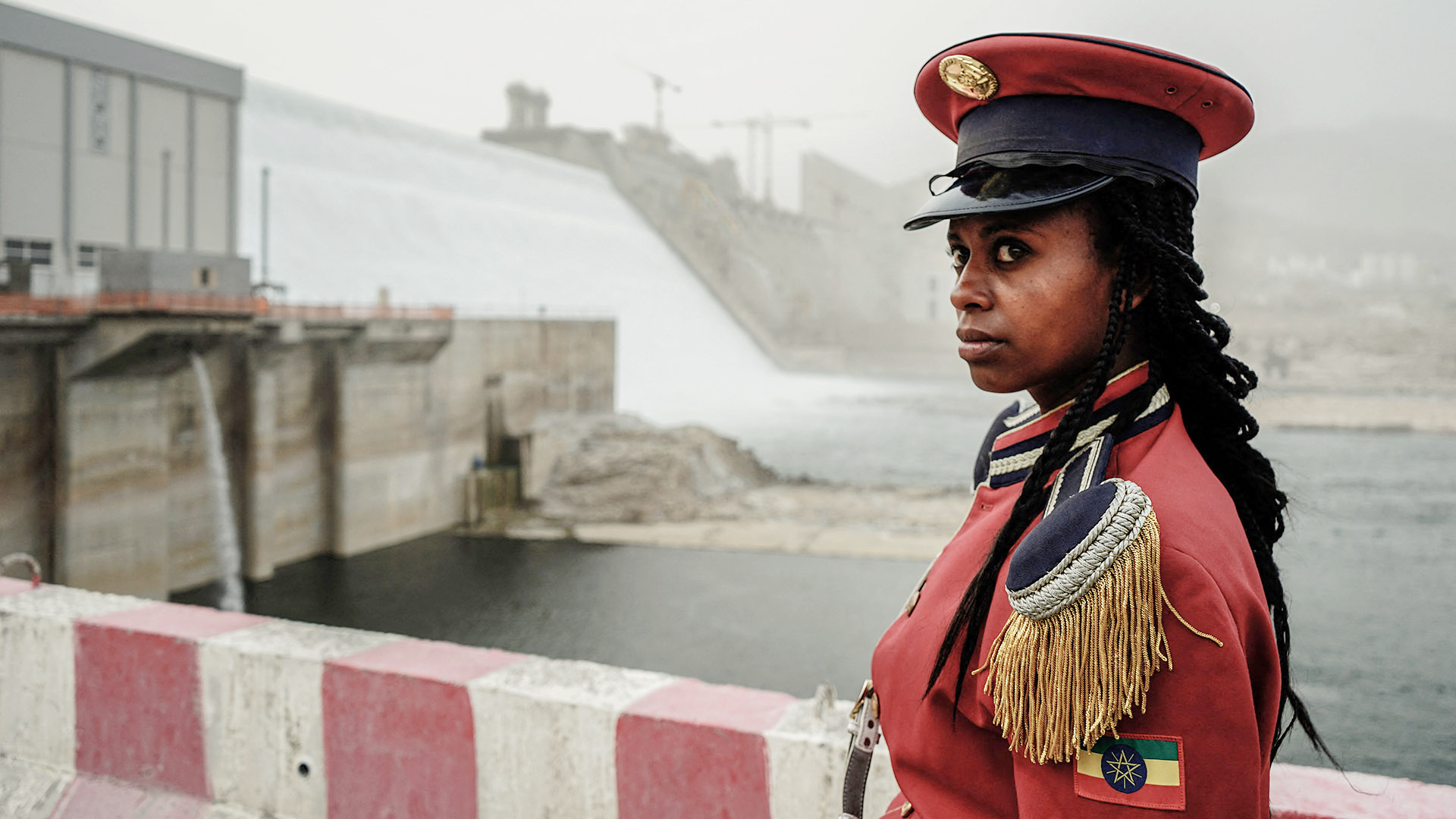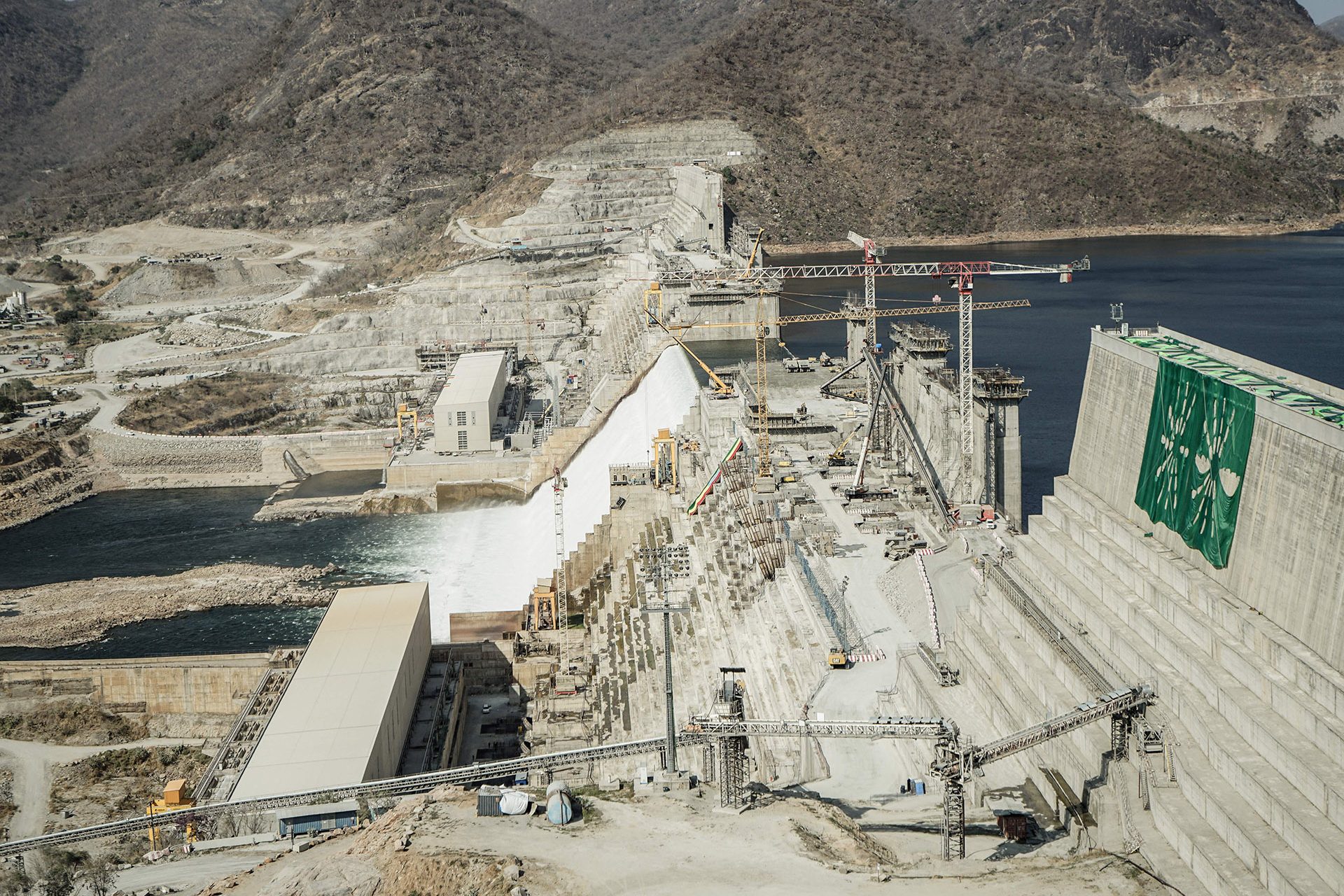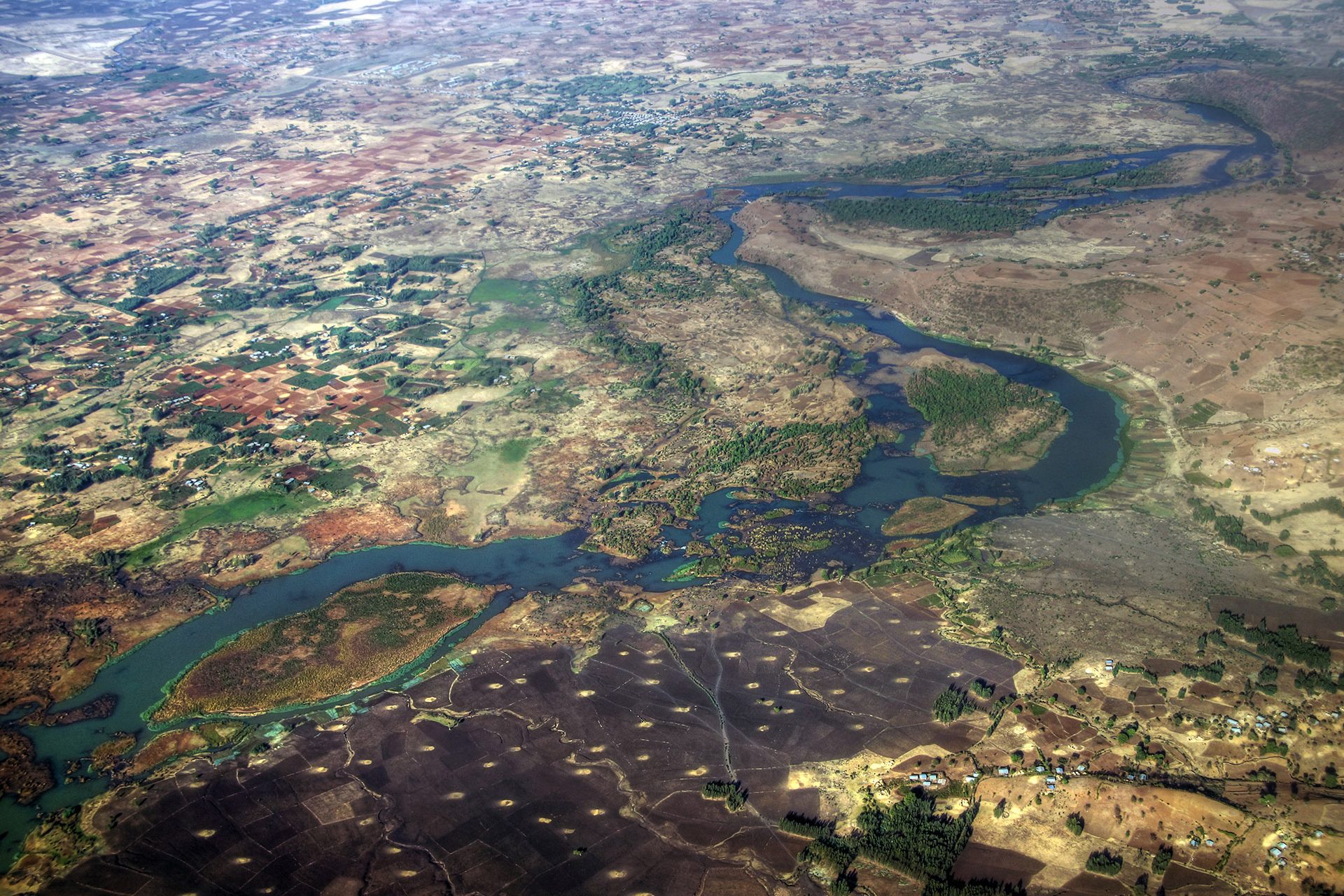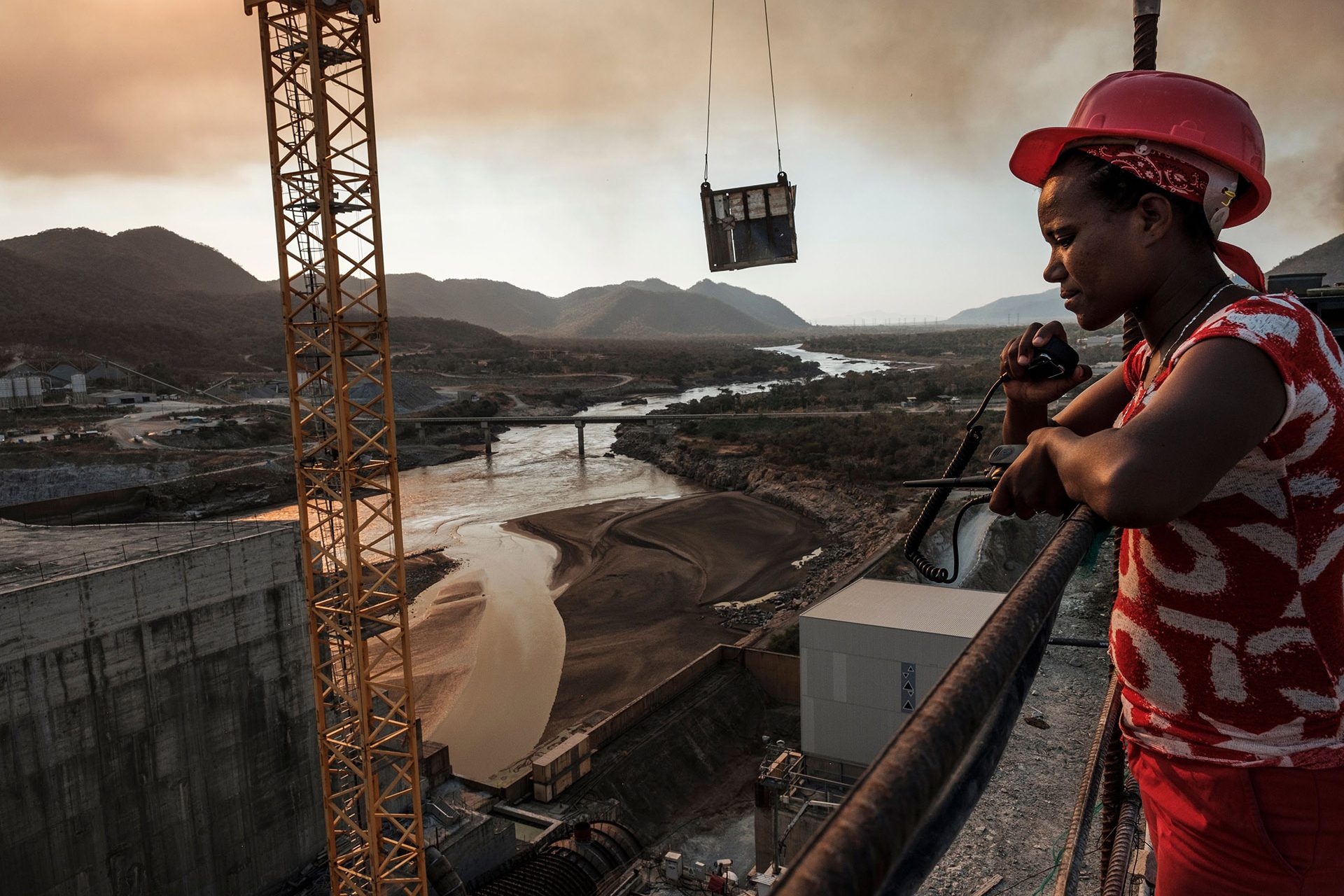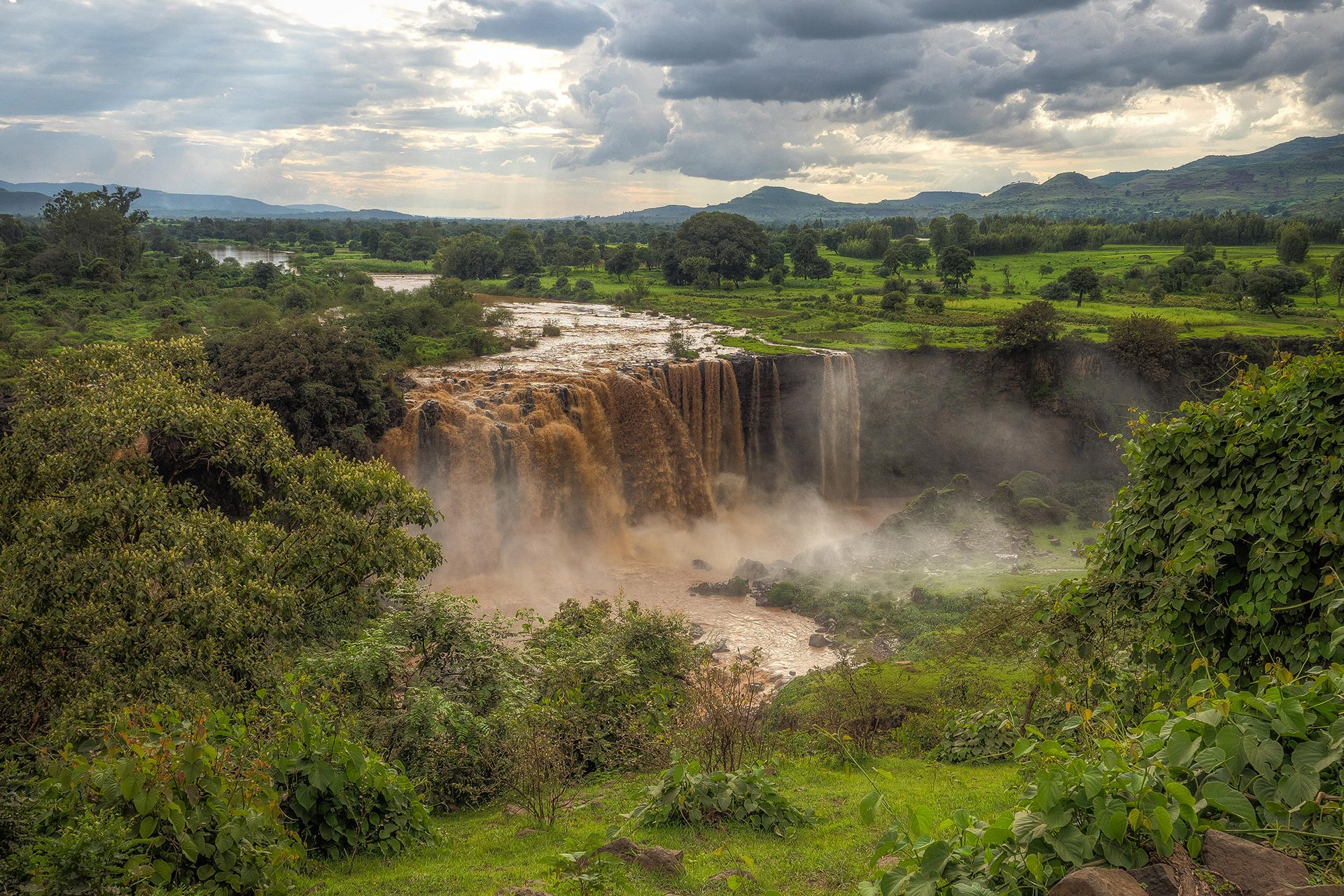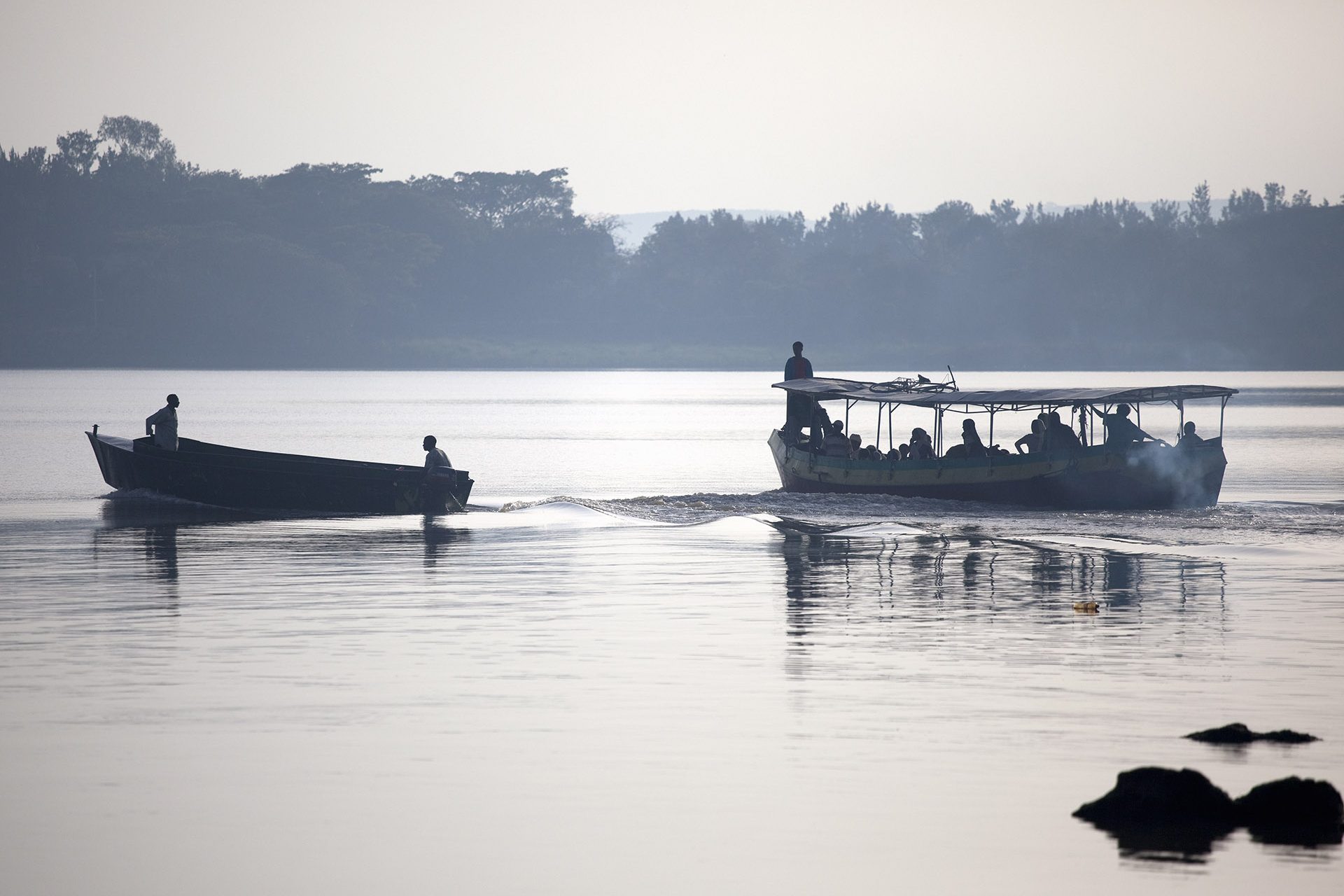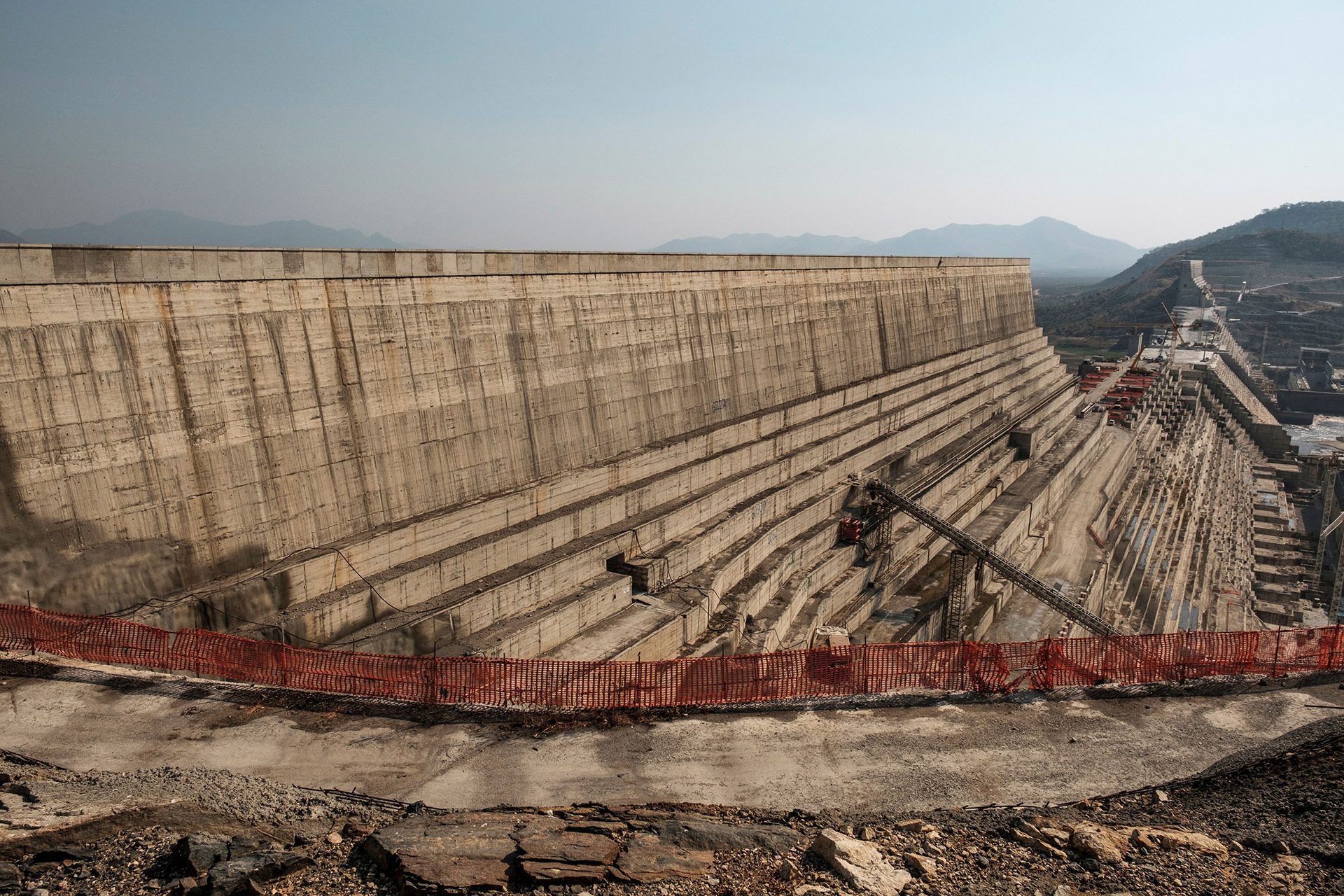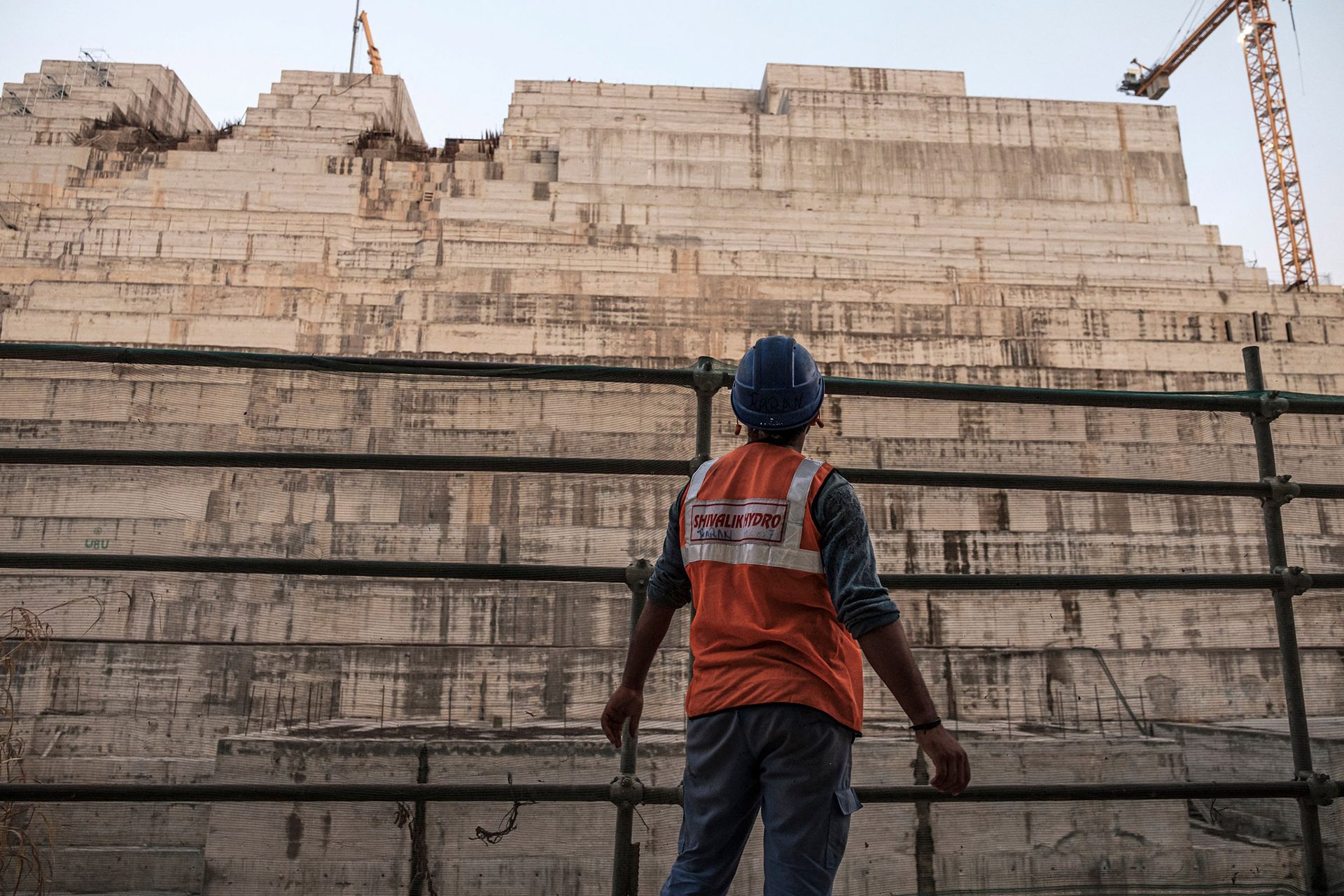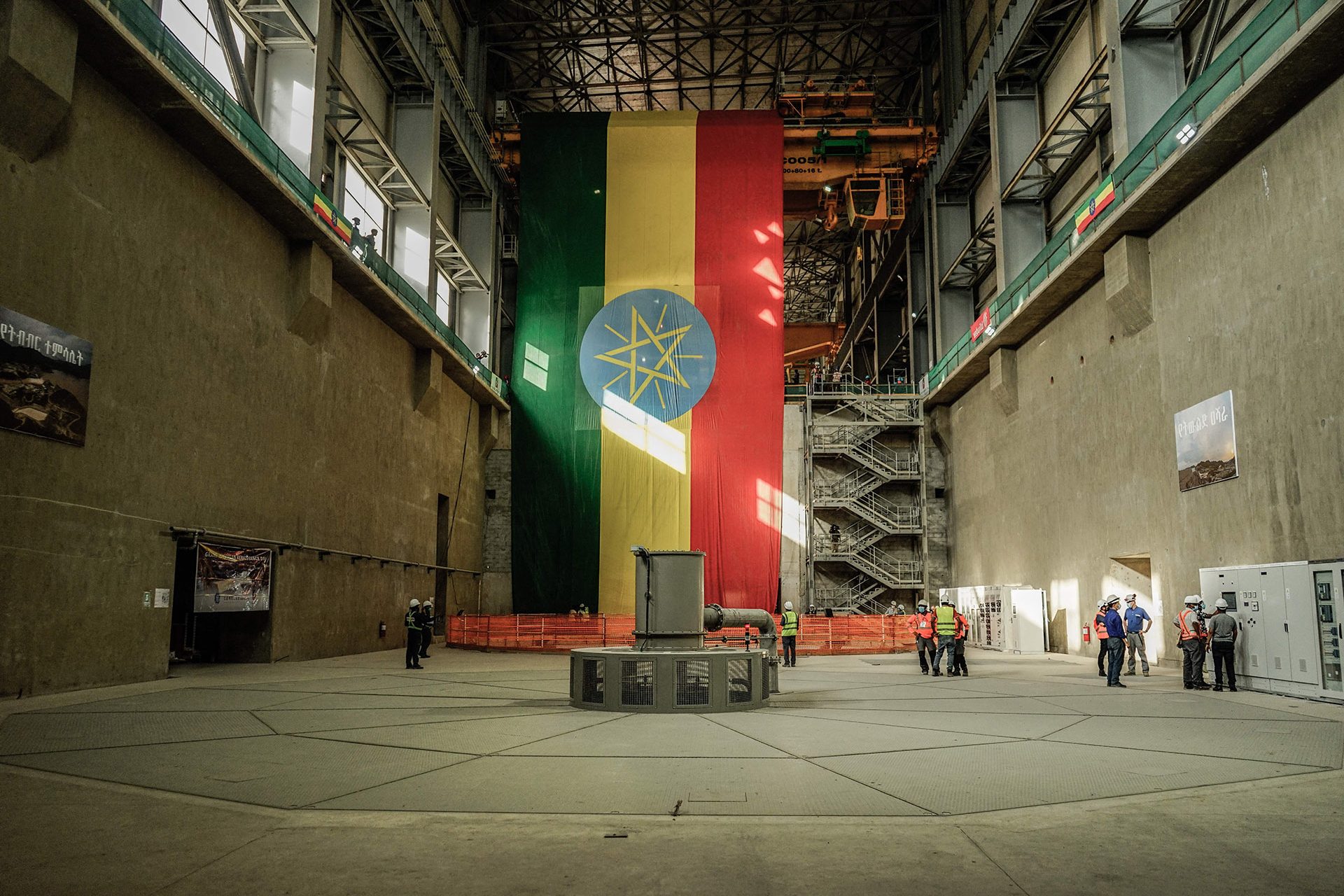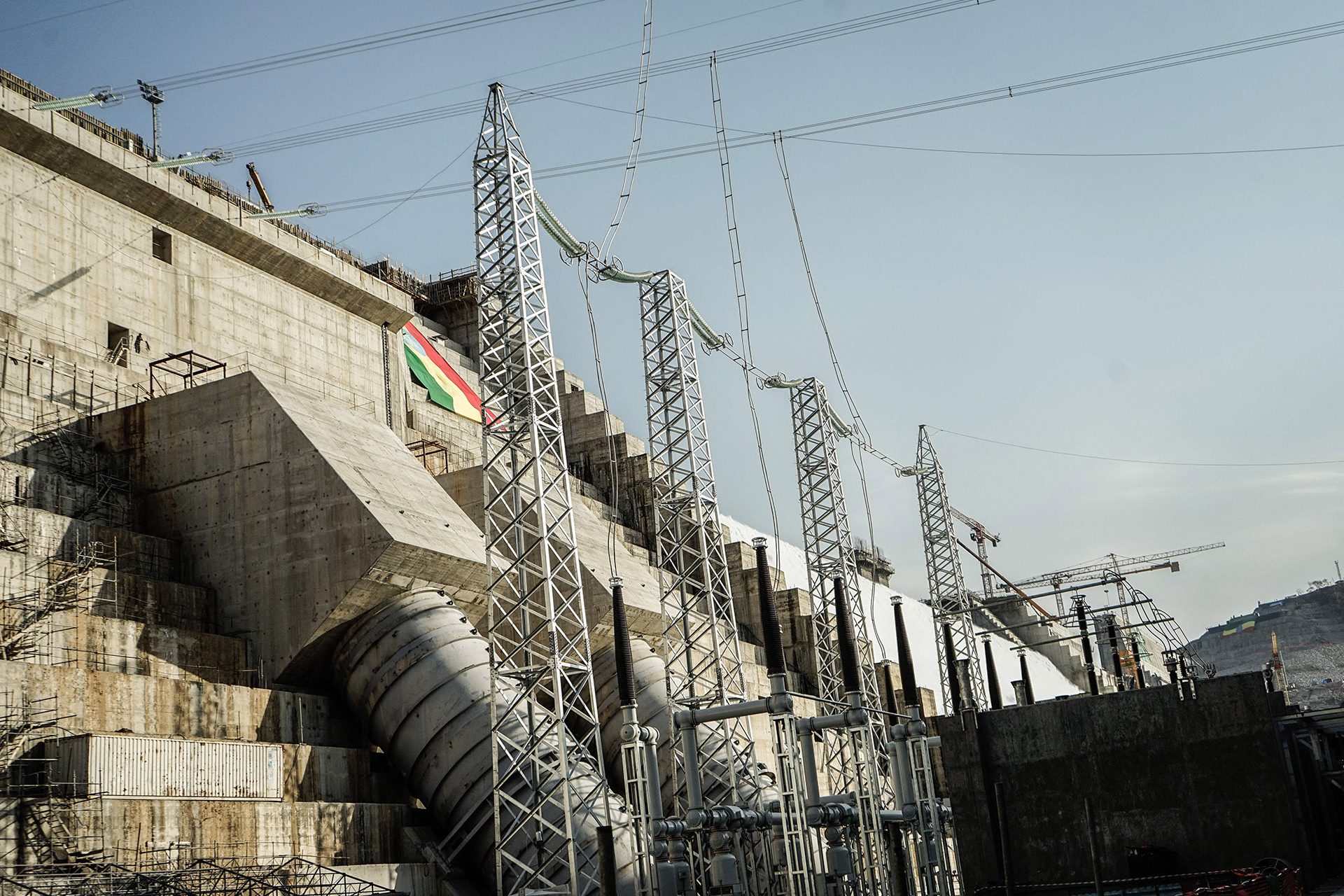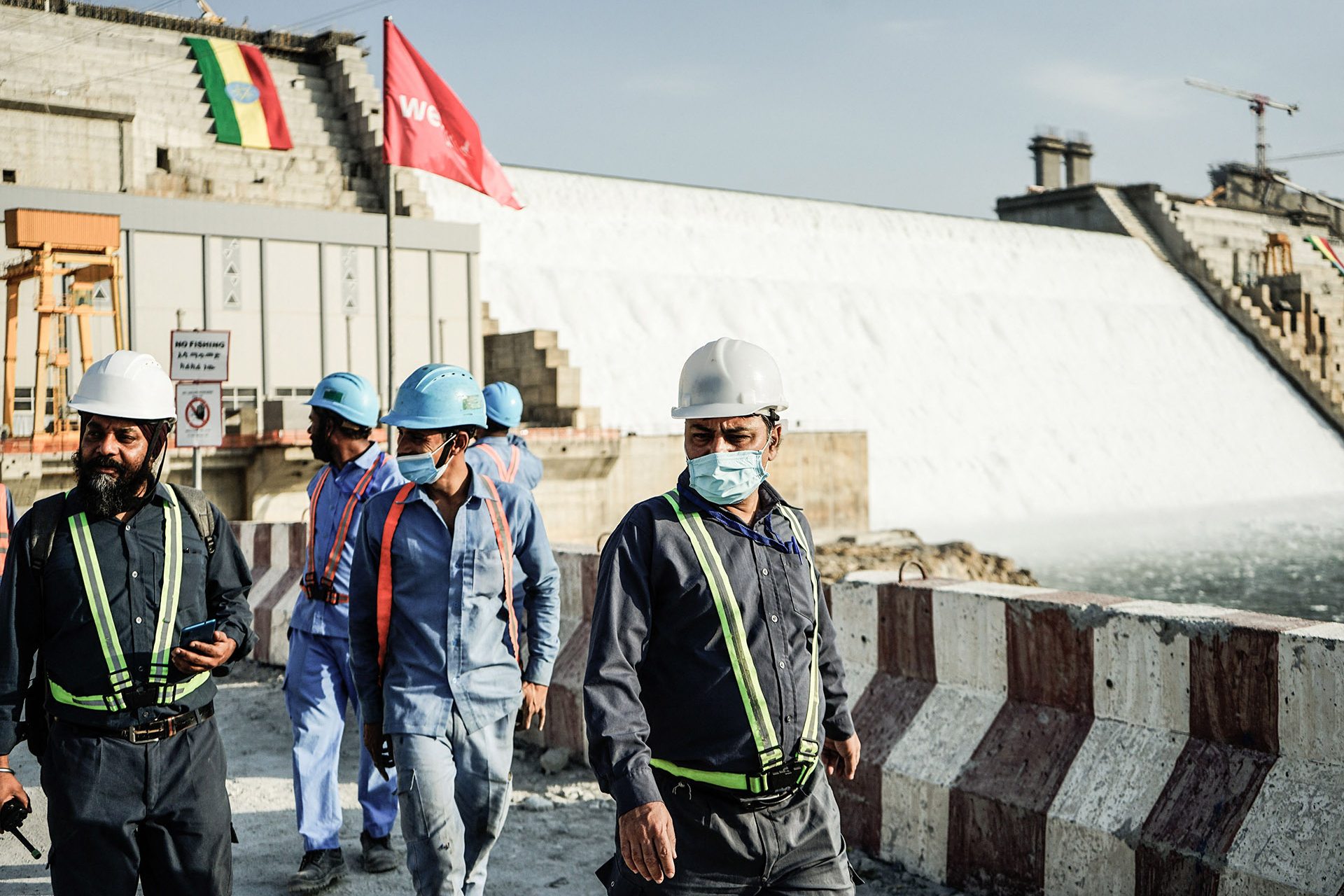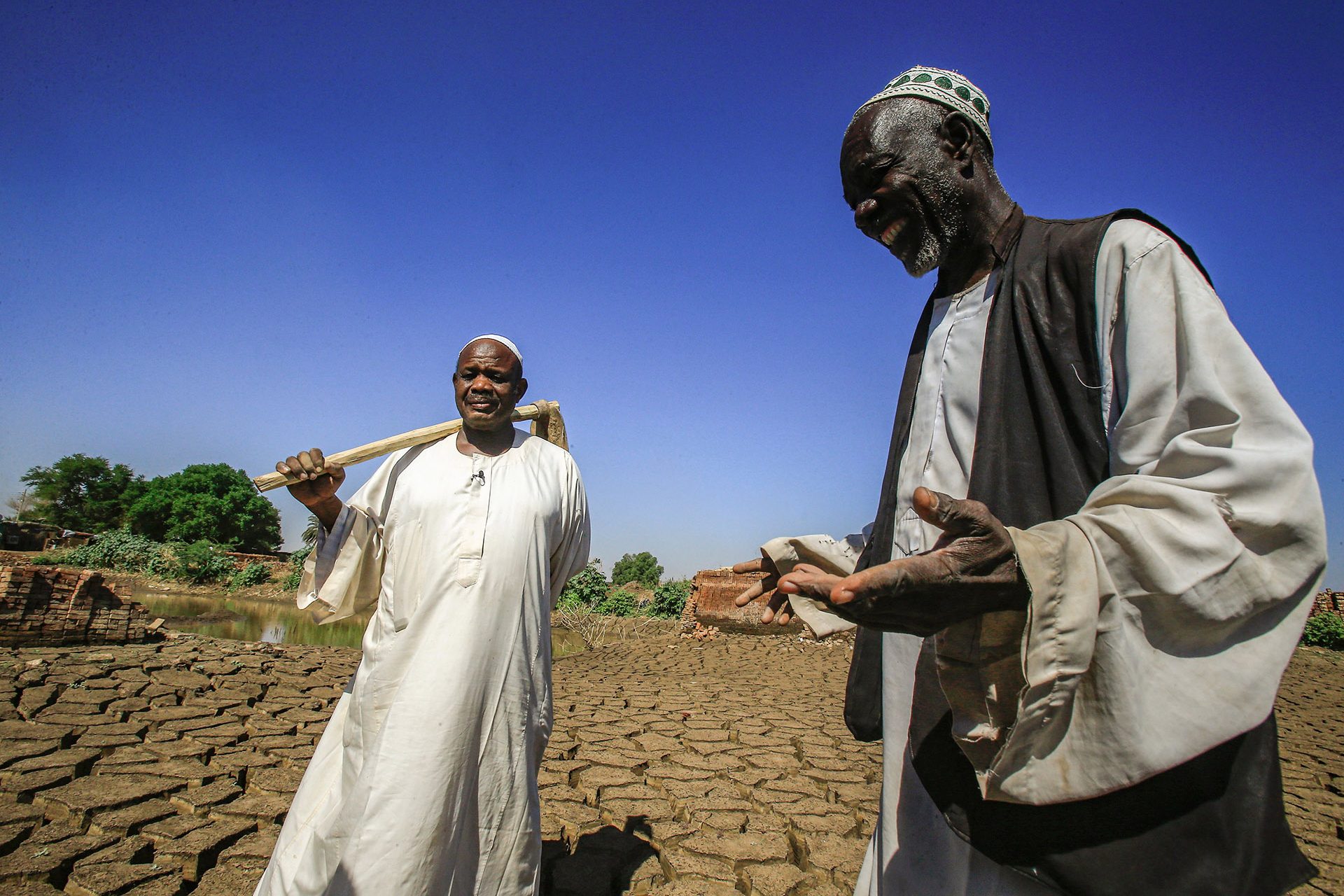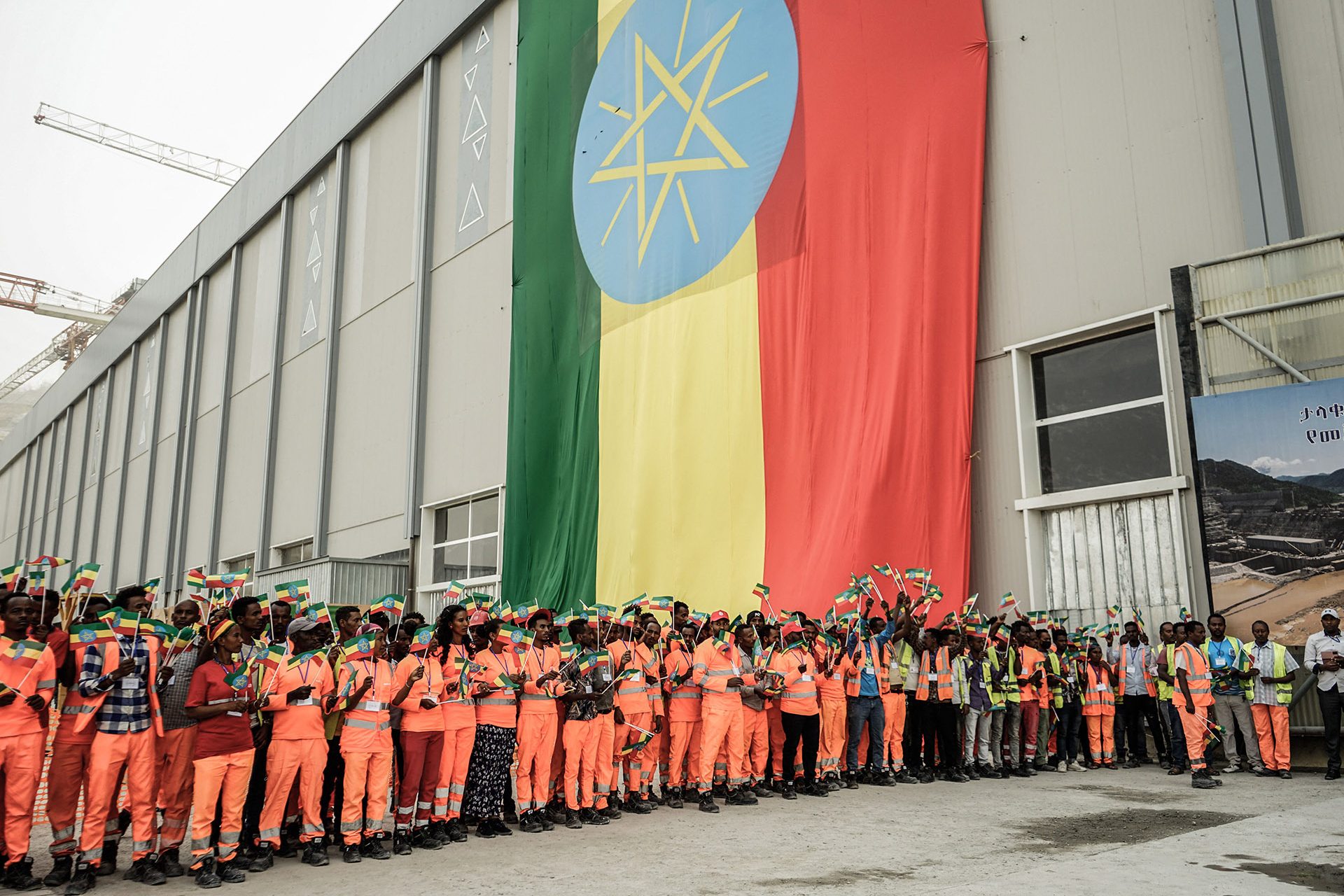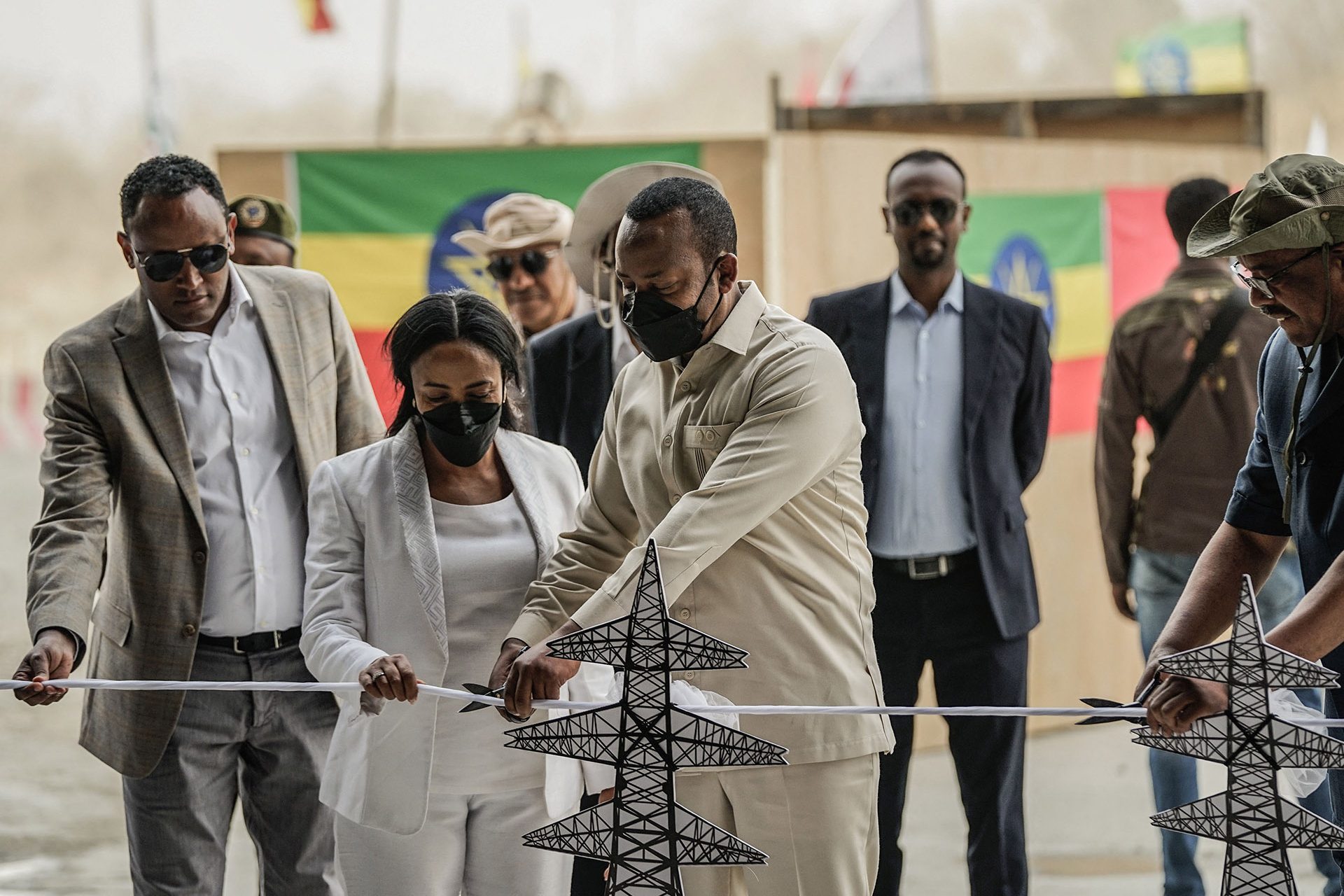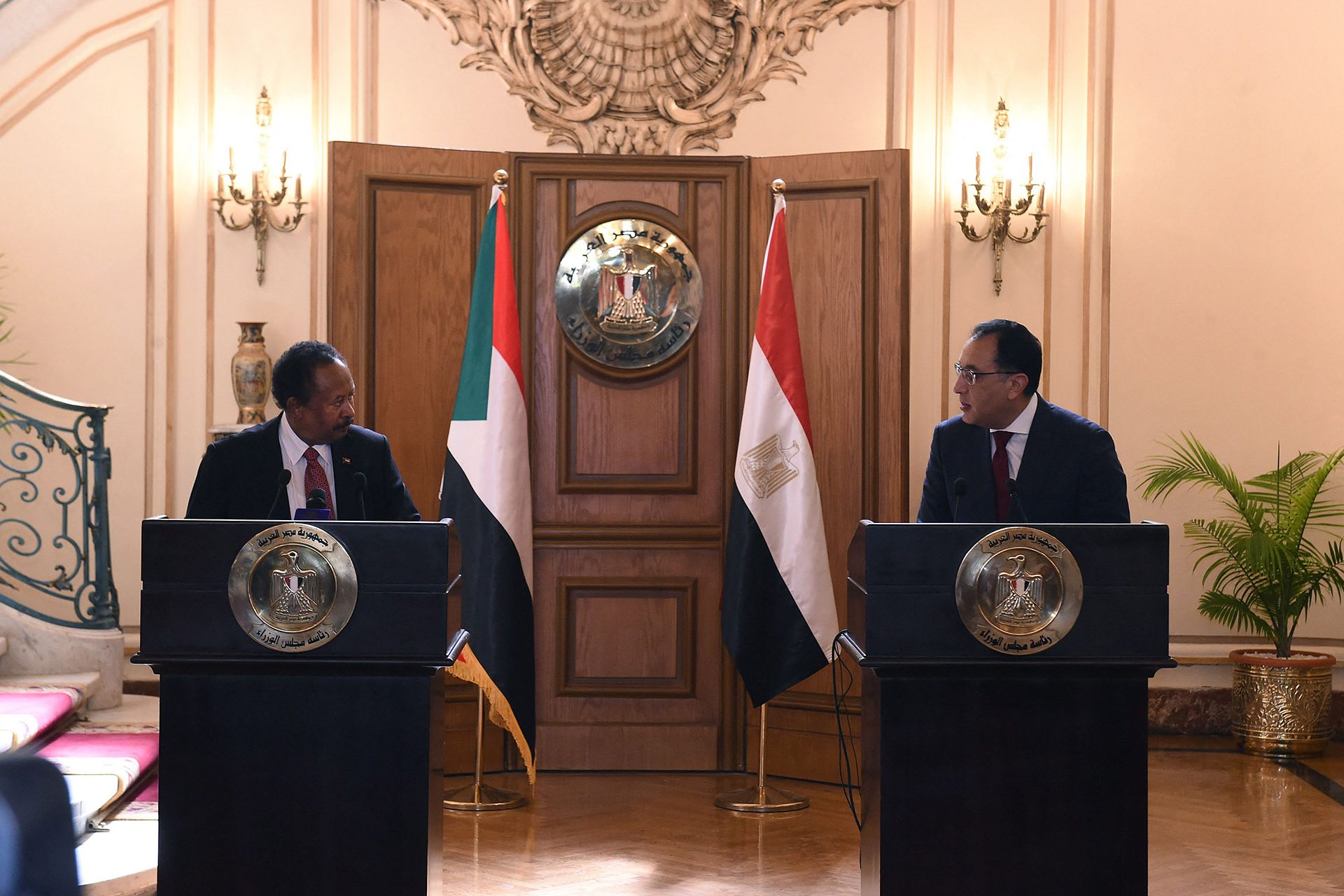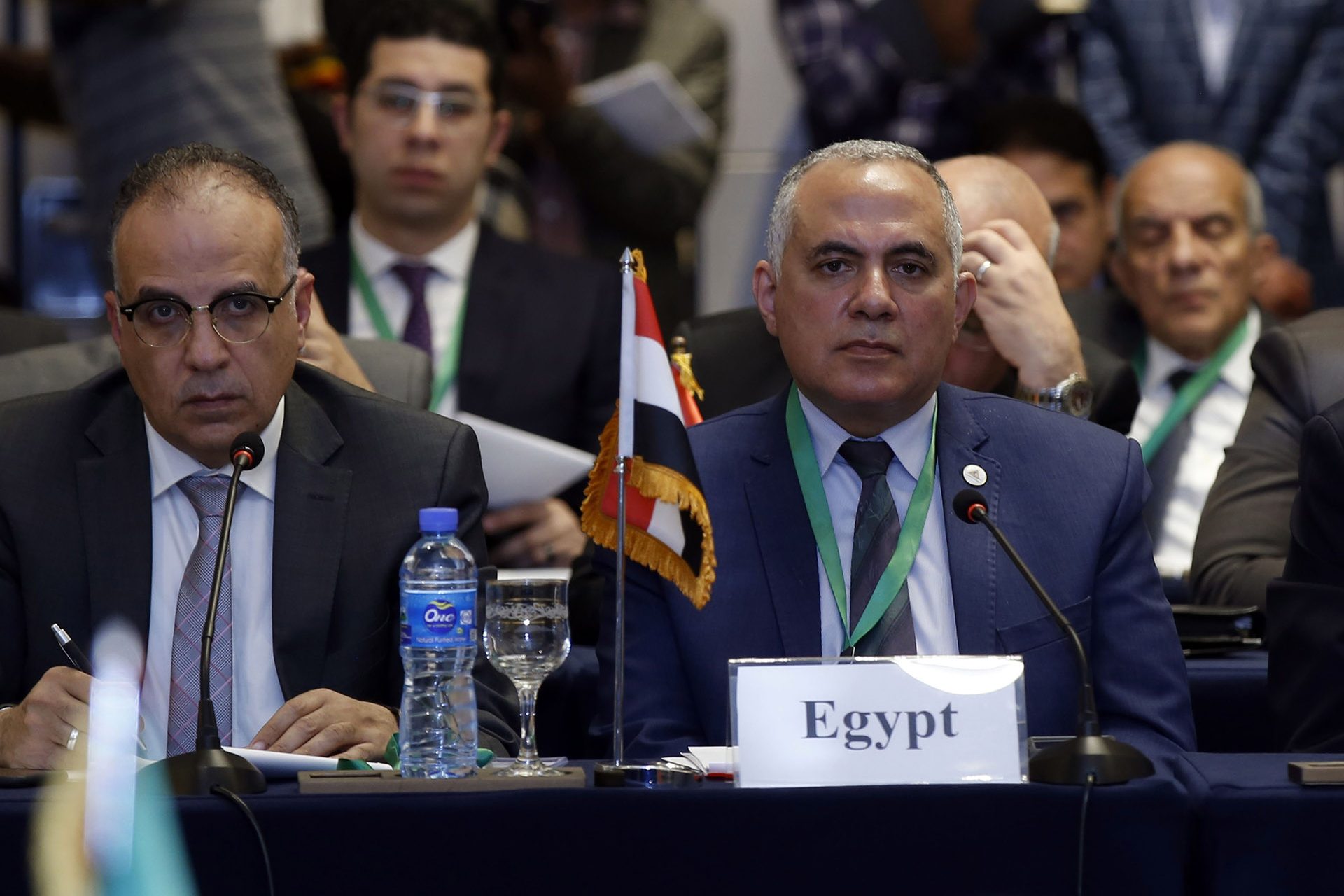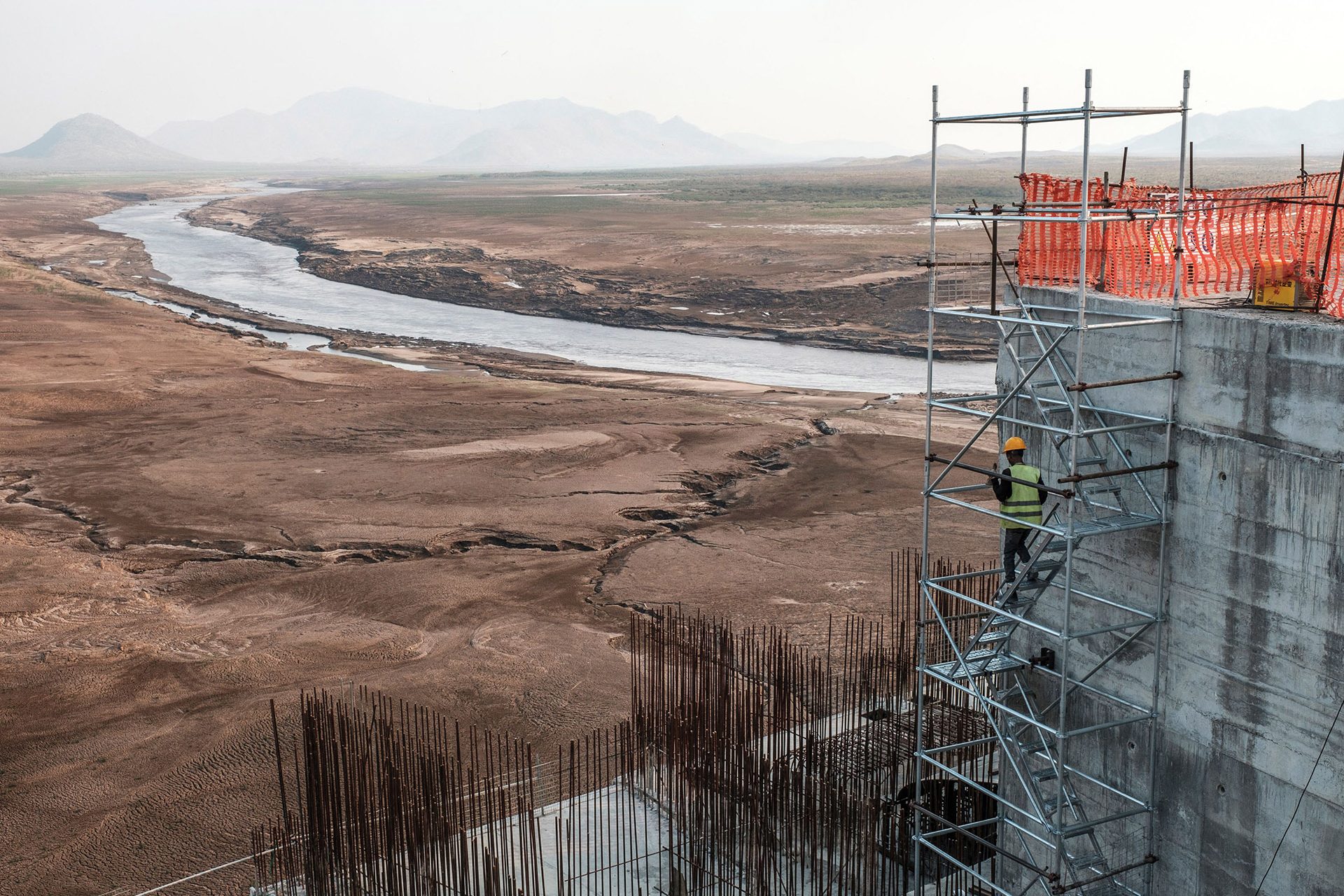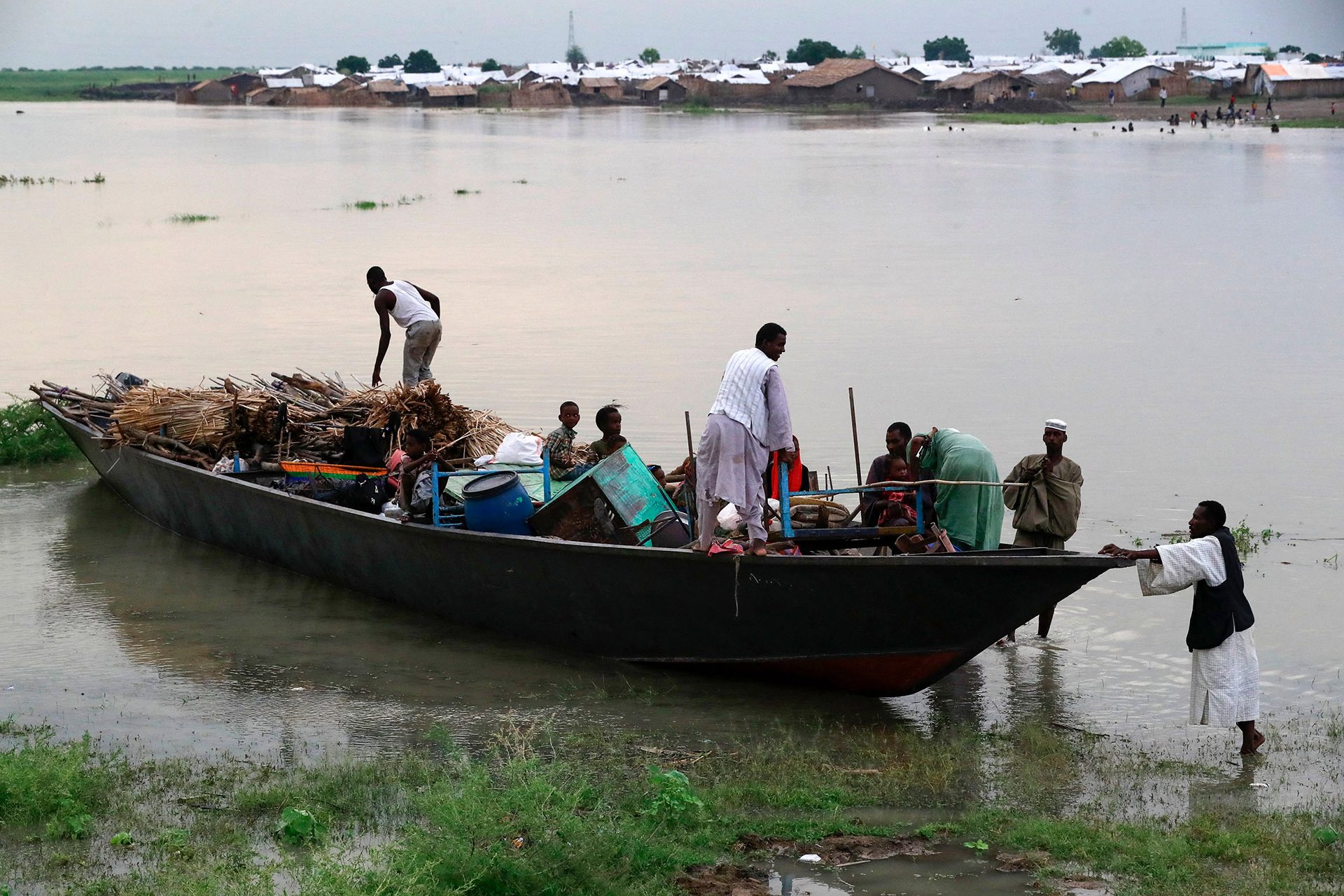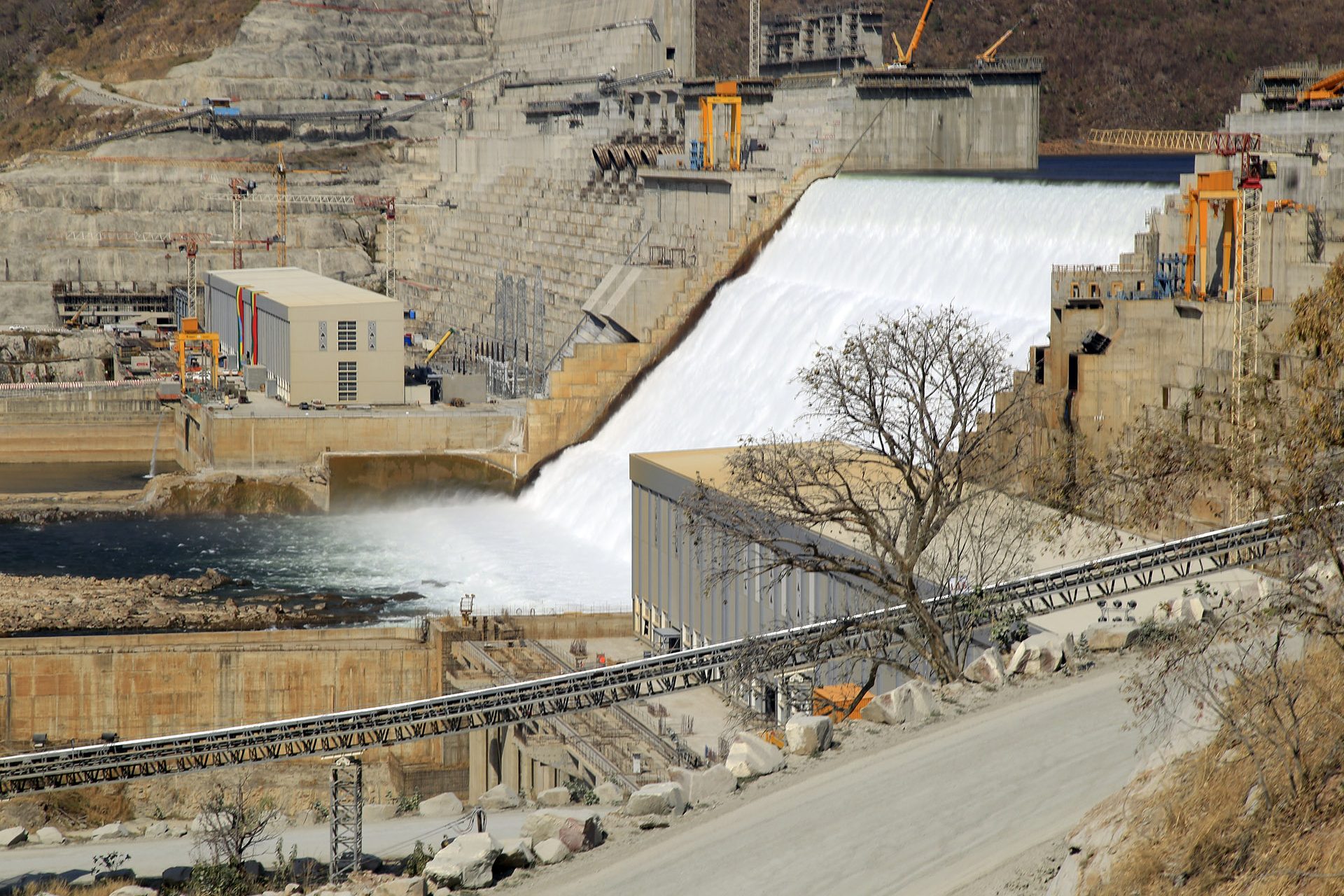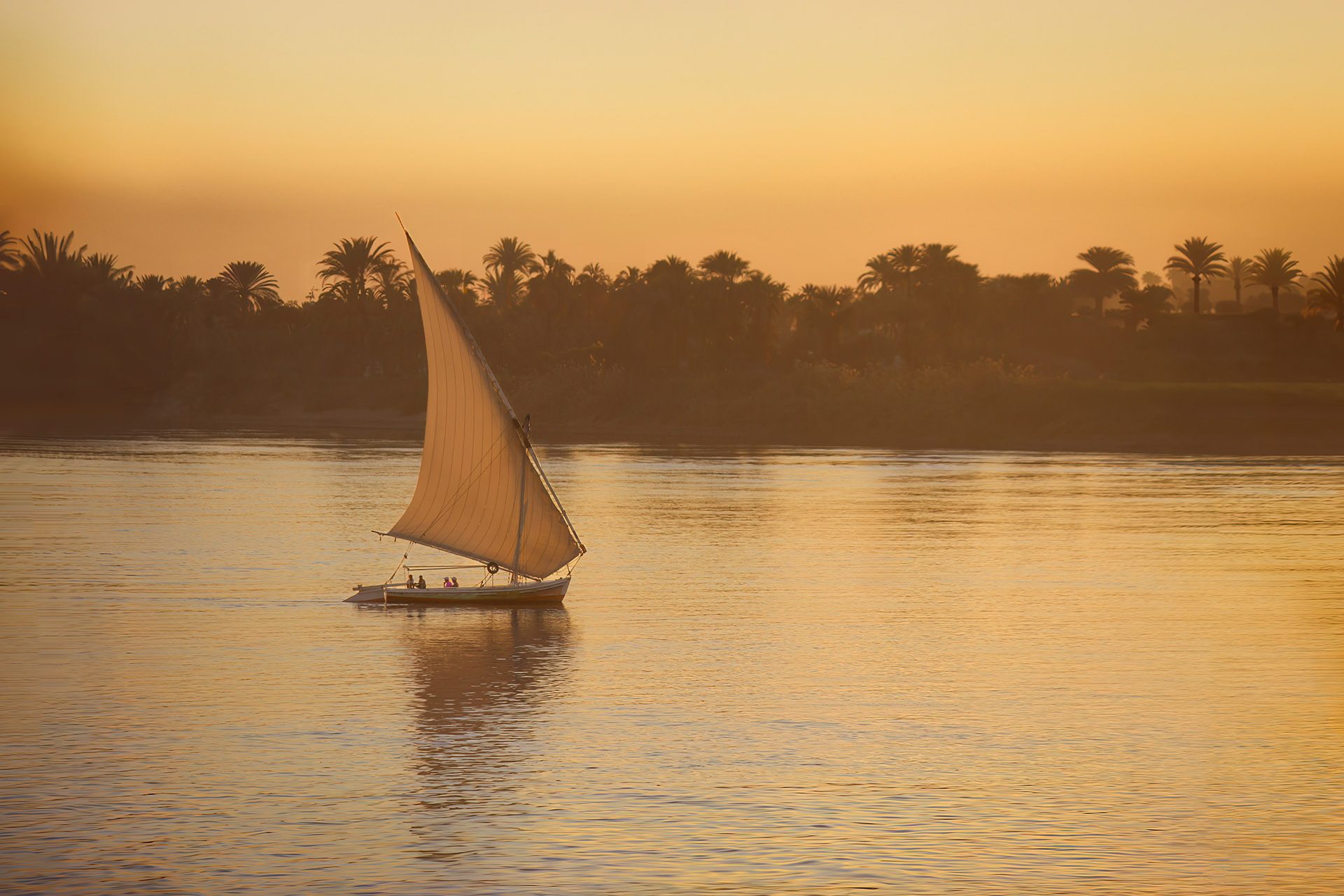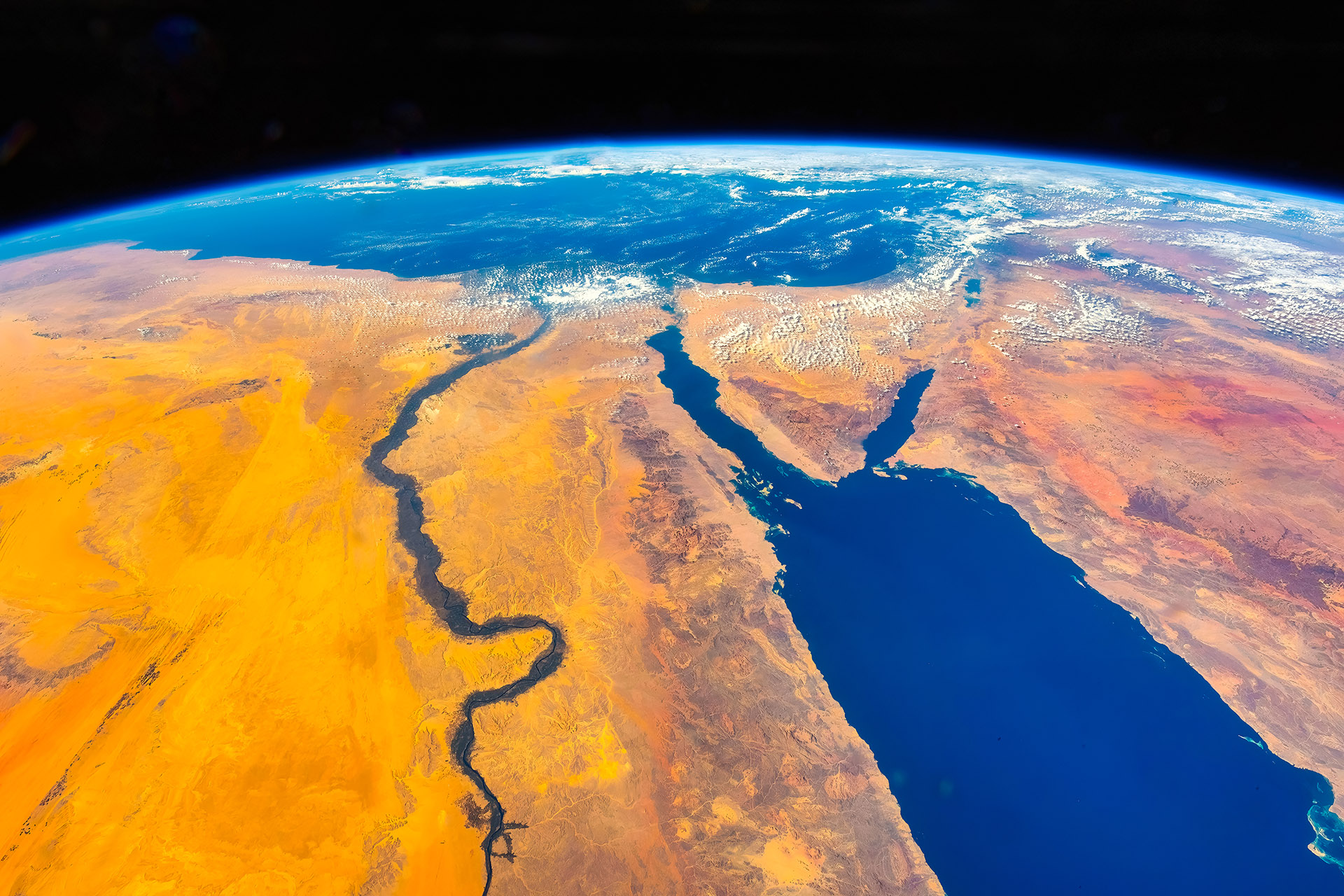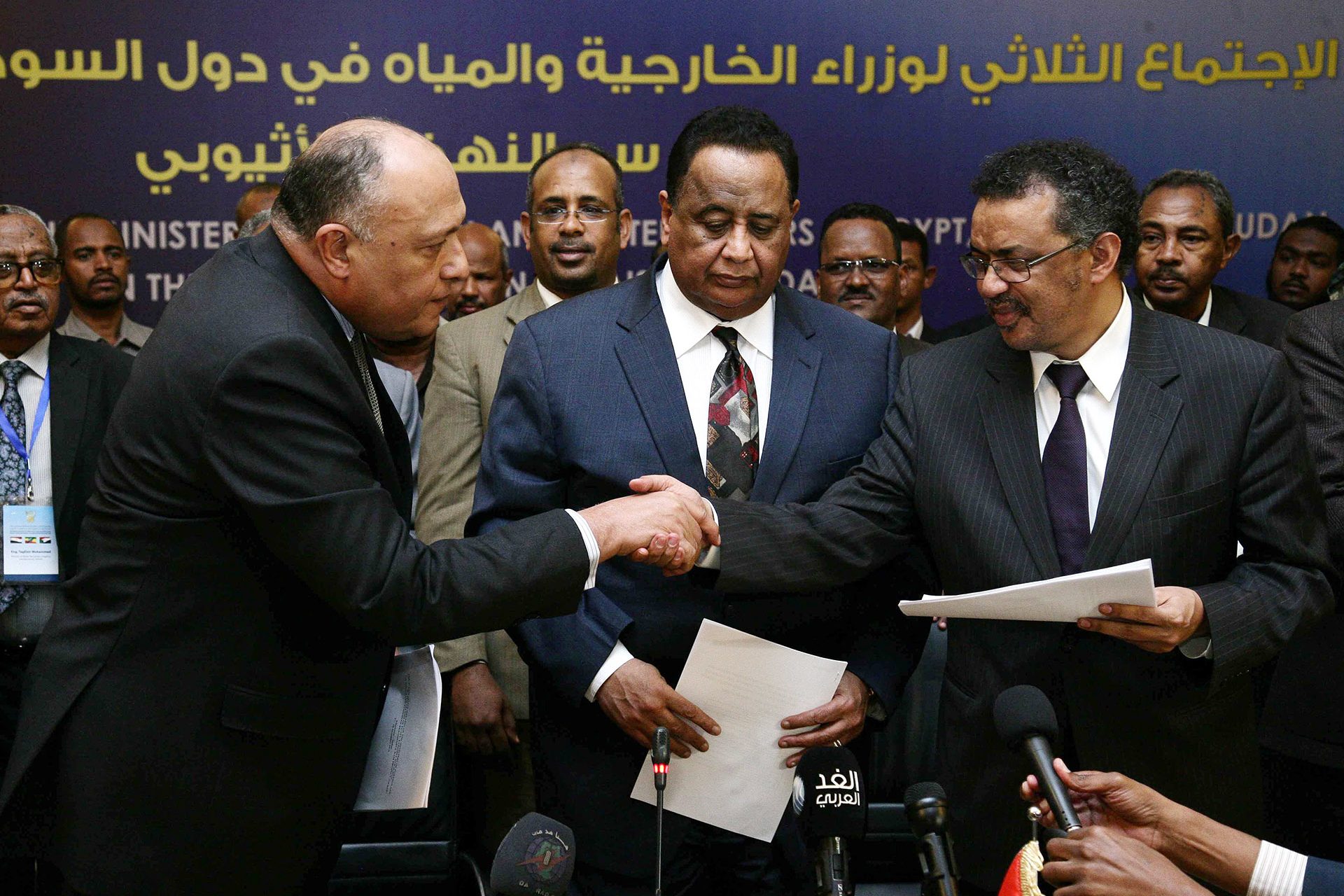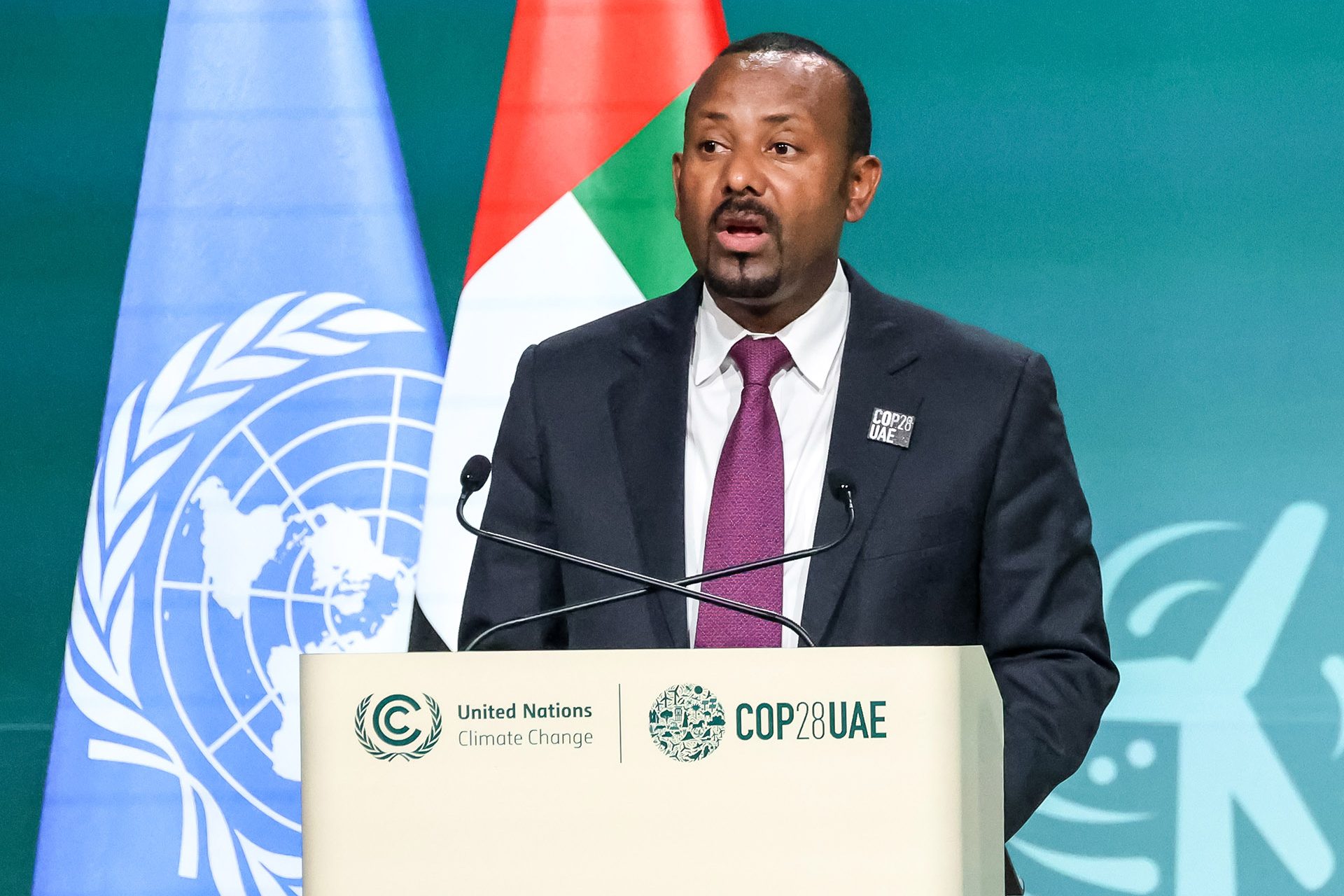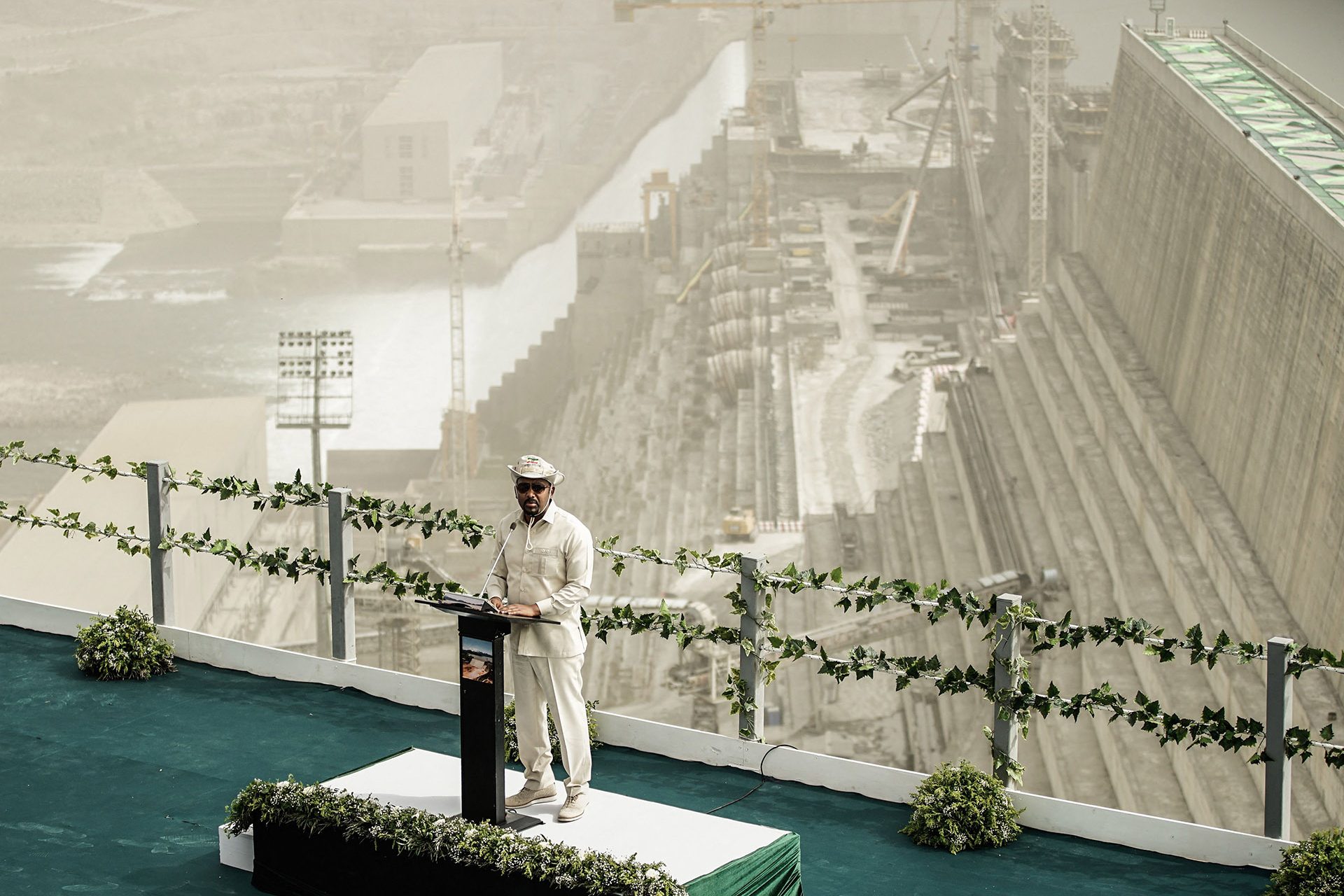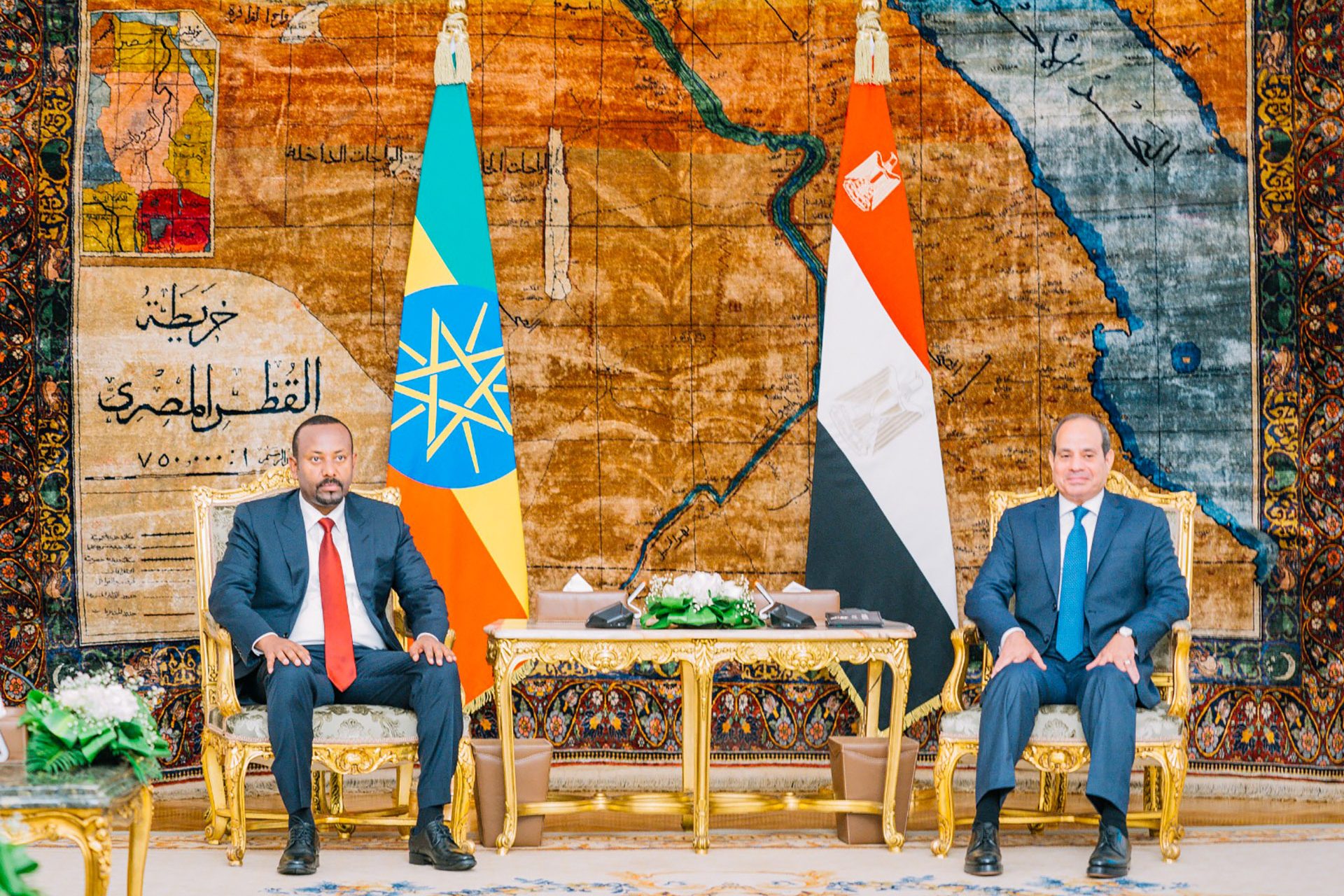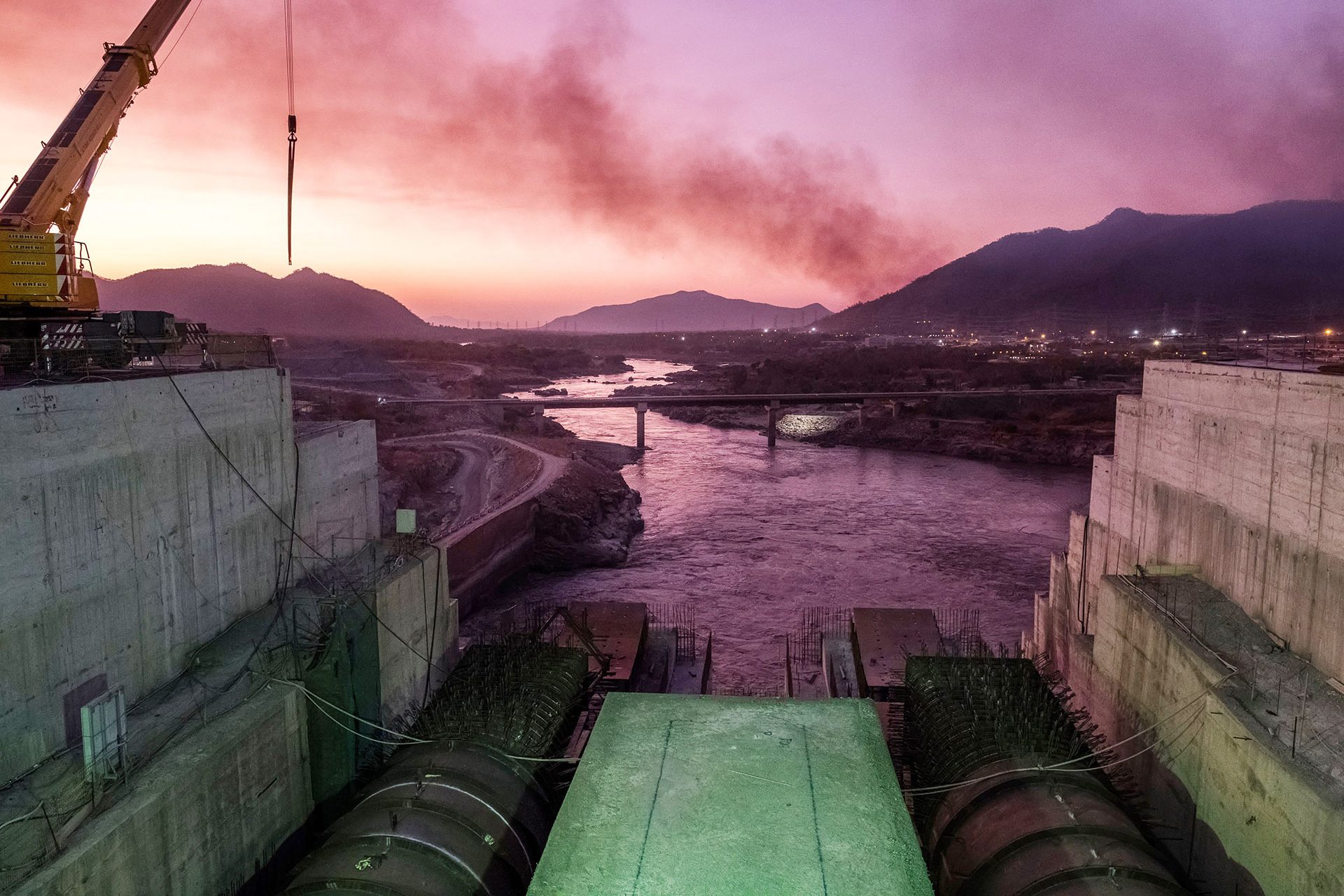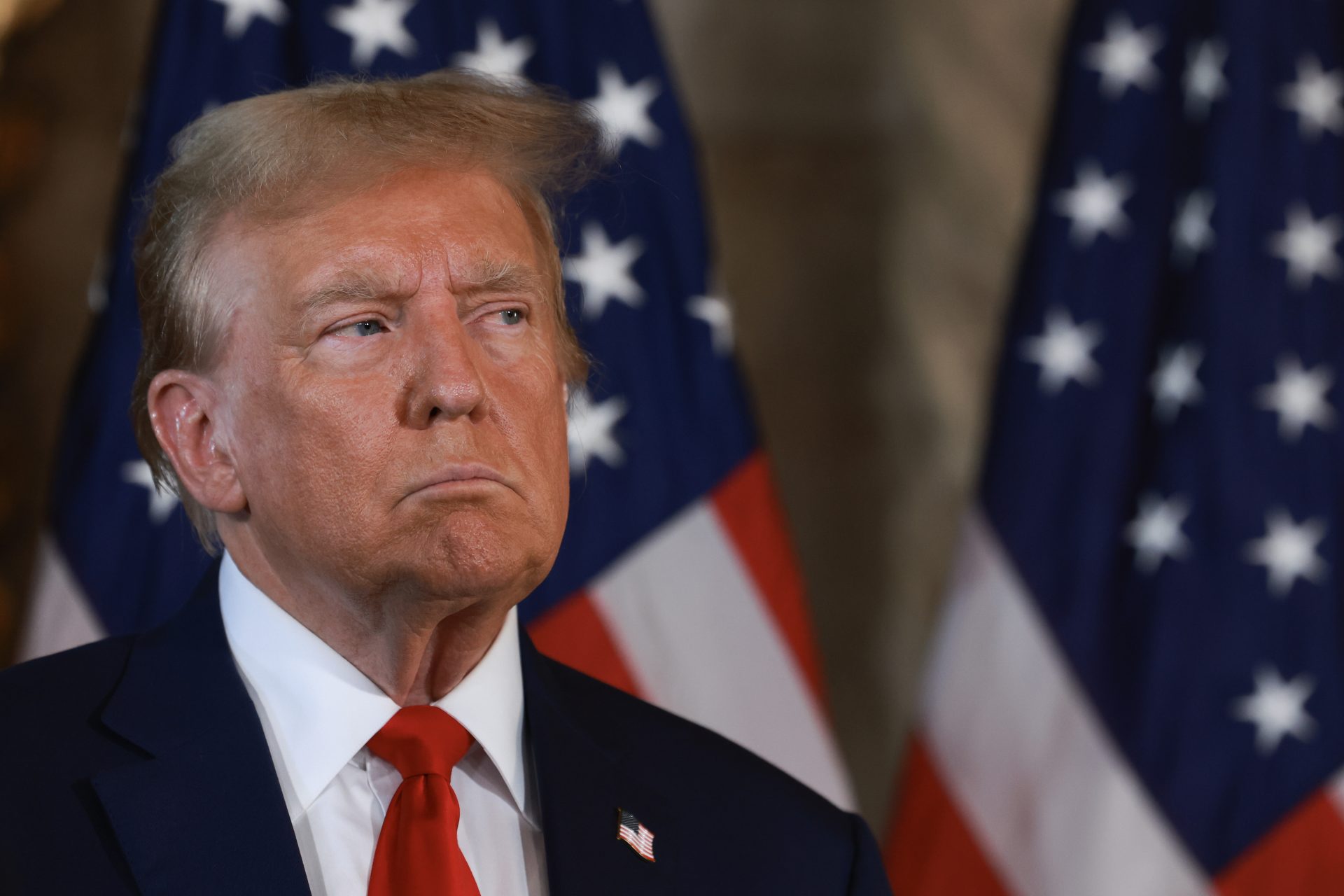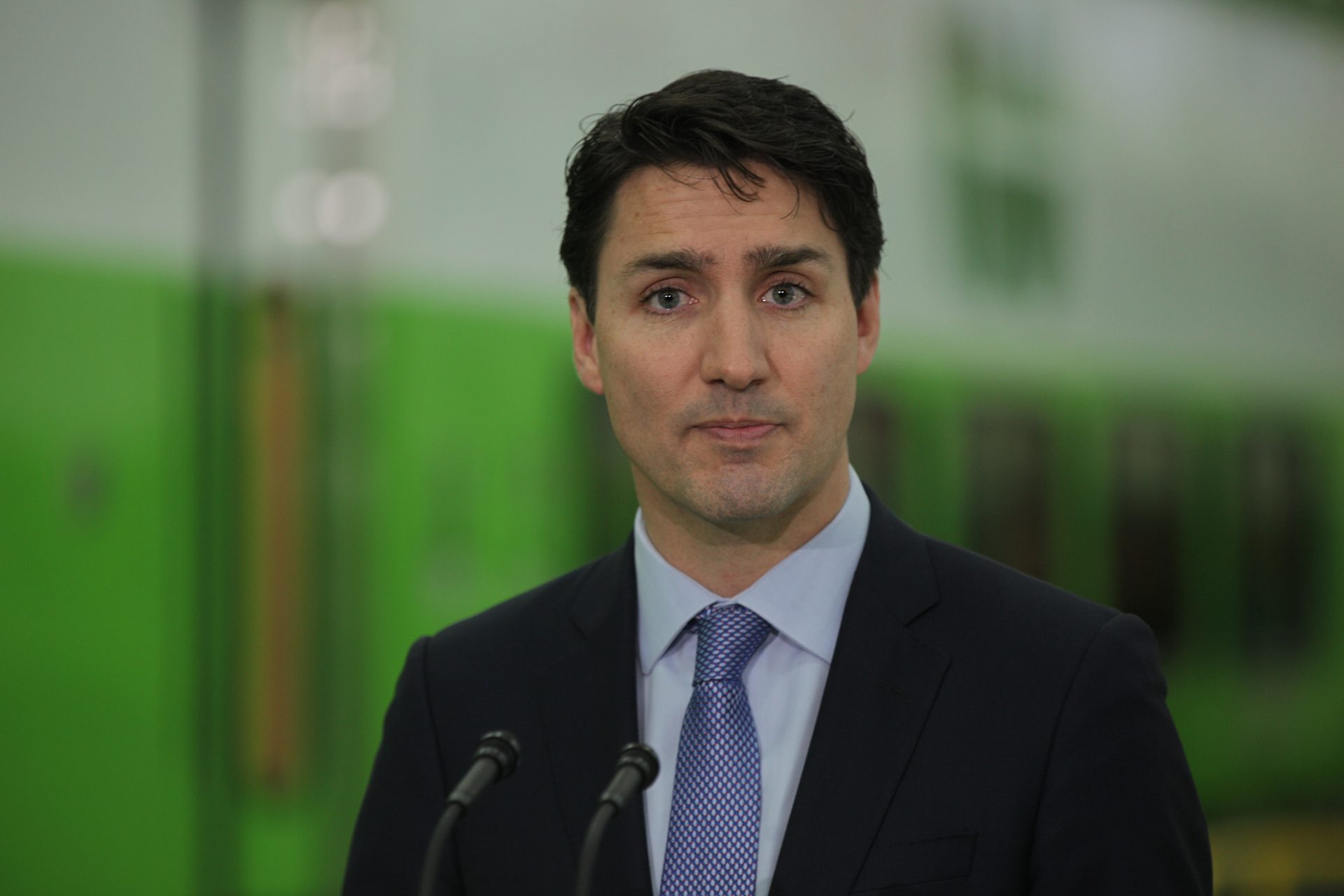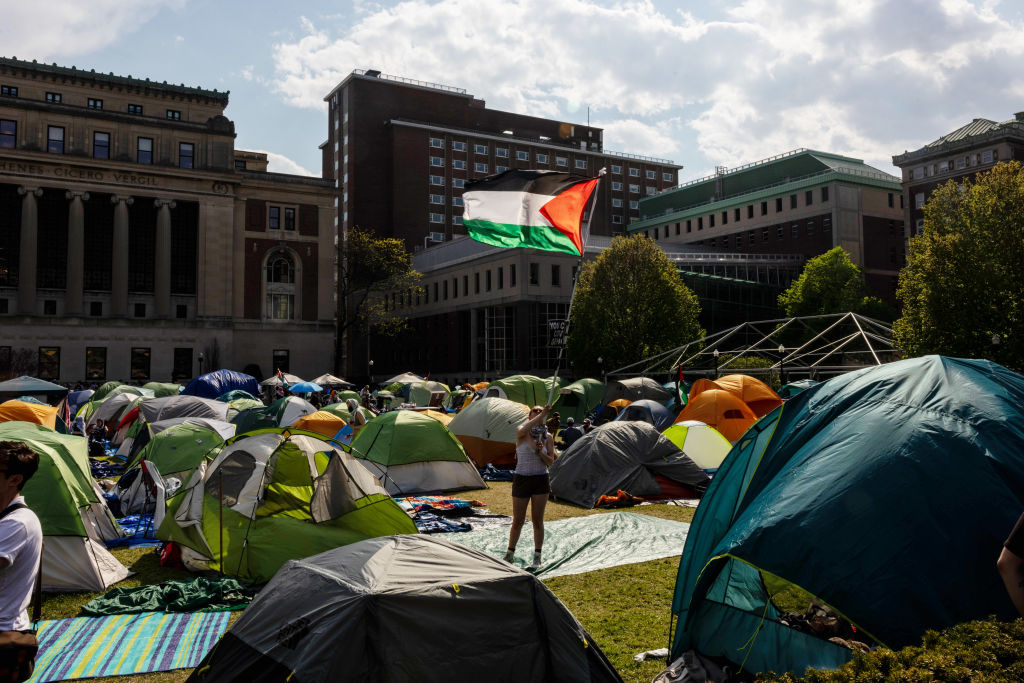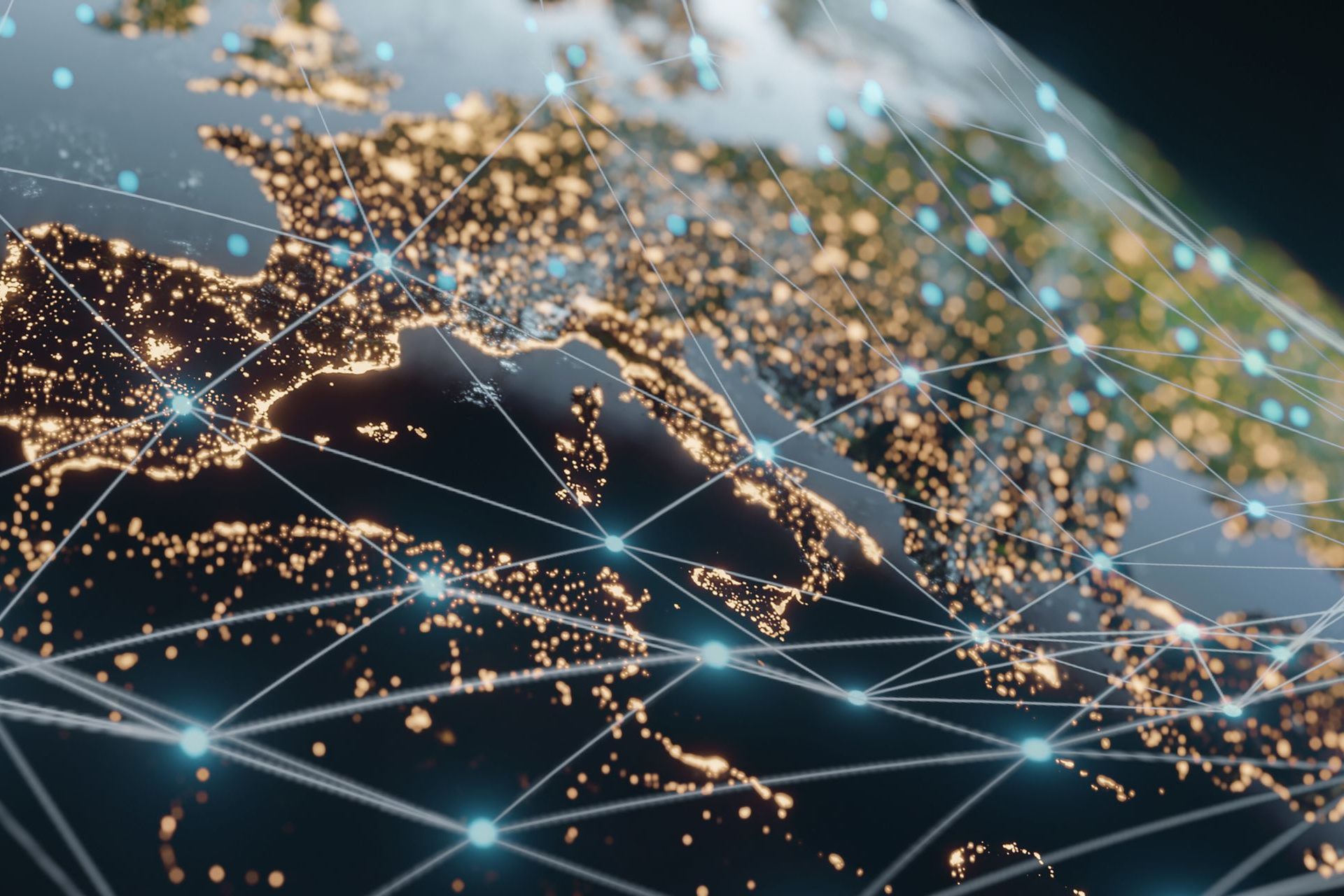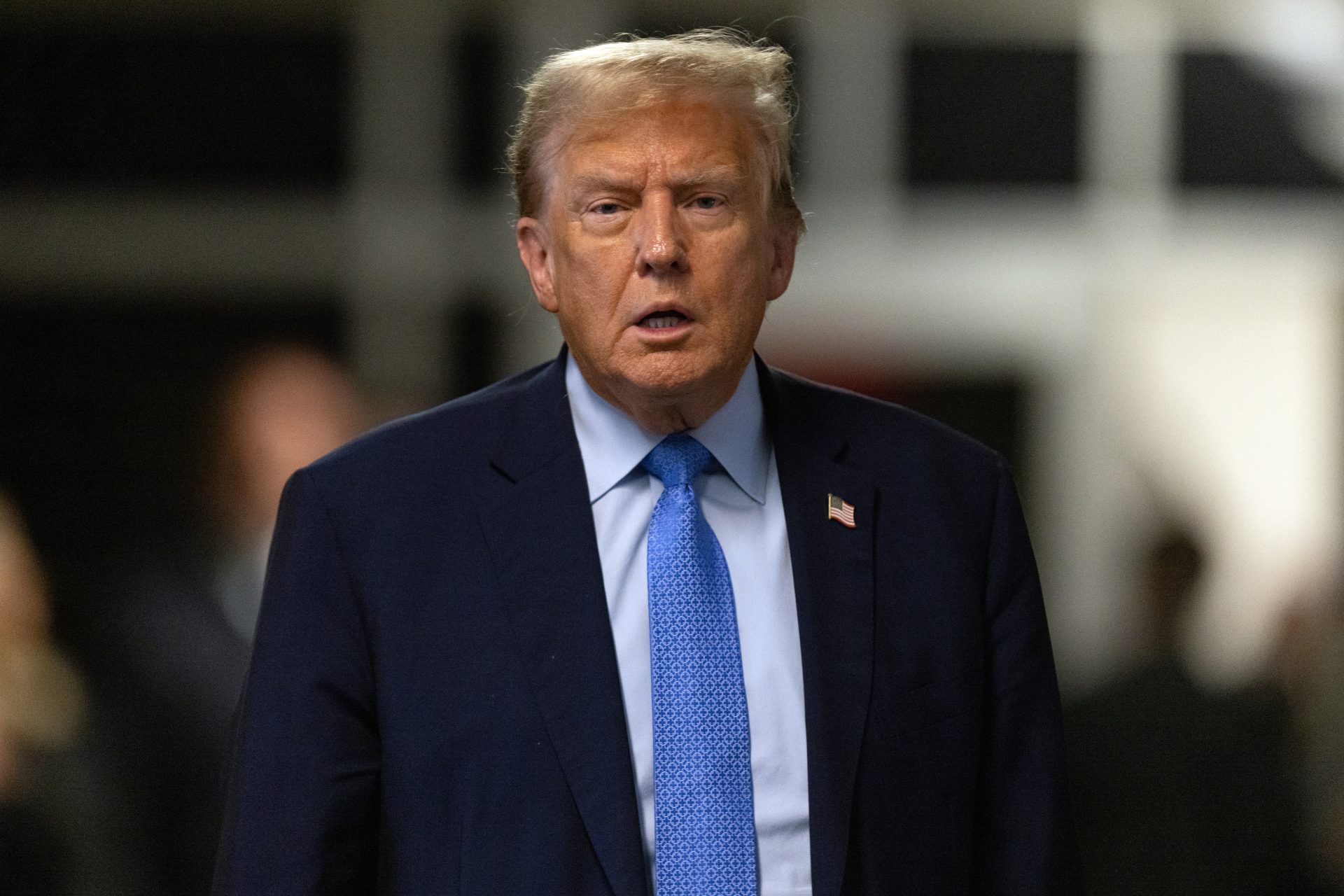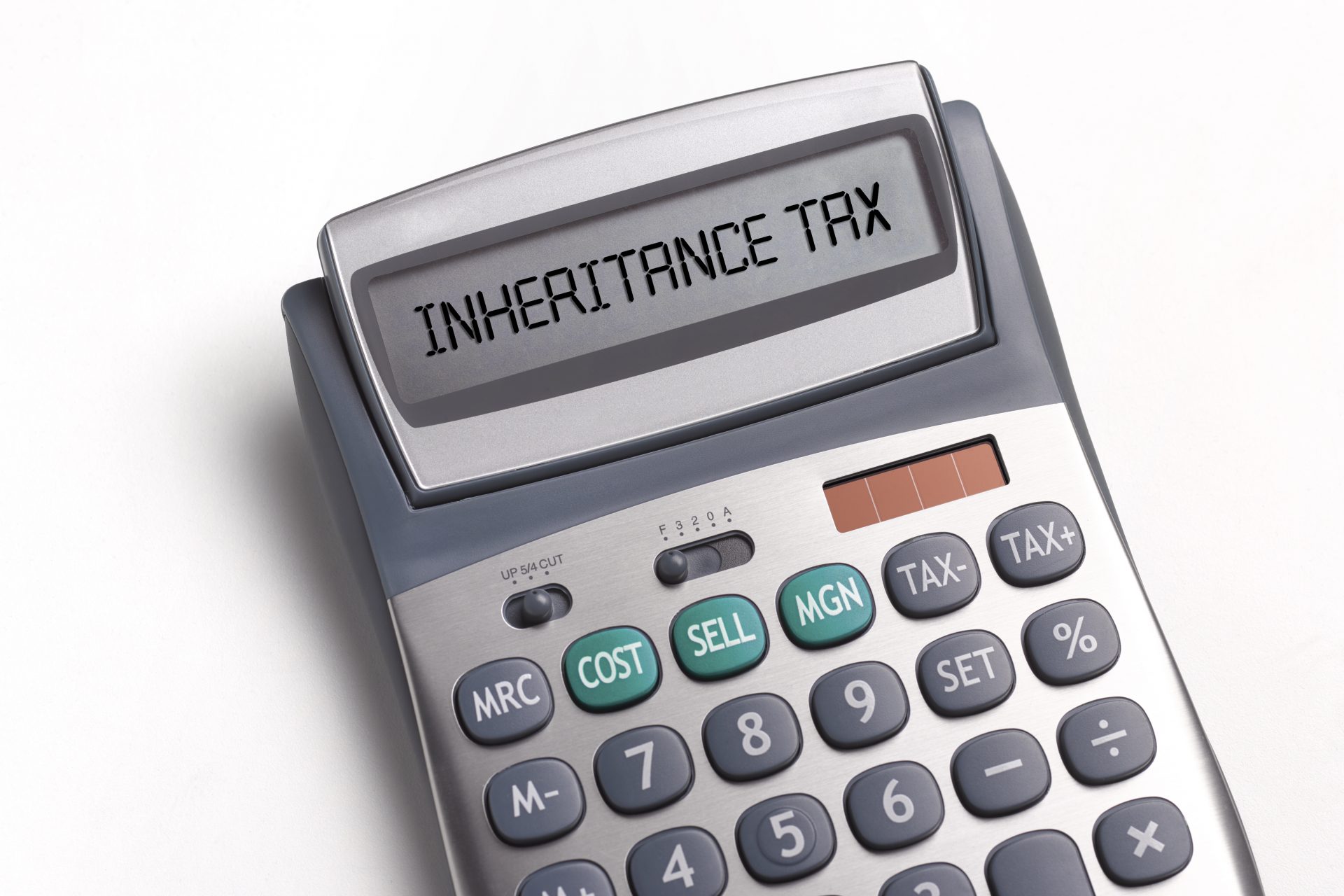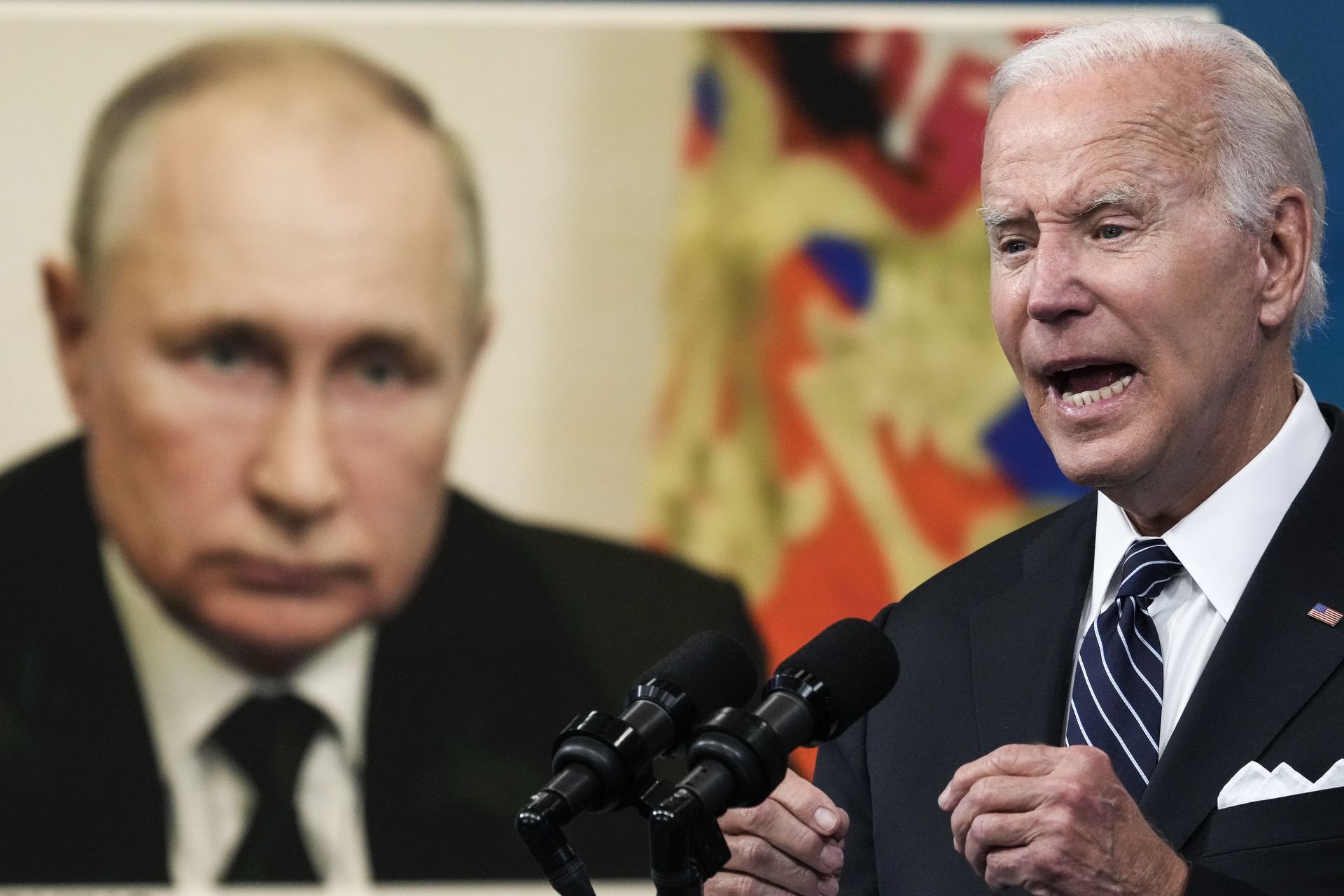Ethiopia's giant dam on the Nile is a threat to Egypt
The Nile is the longest river in all of Africa - and the second in the world after the Amazon a source of life and wealth that flows through no less than ten countries and pours its waters into the Mediterranean. Recently, it has been in the news due to the mega construction that Ethiopia has undertaken to take advantage of its resources: the Grand Ethiopian Renaissance Dam.
The Grand Ethiopian Renaissance Dam is the largest dam that has ever been built on the African continent. With this project the Ethiopian government hopes to benefit from everything that the river has to offer.
To better understand what we are talking about, we must look at the geography of the Nile. This gigantic river, which is 4,132 miles or 6,650 kilometers long, divides into two large branches that end up joining in Khartoum (the capital of Sudan): the White Nile, which originates in East Africa; and the Blue Nile, whose origin is in Ethiopia, in Lake Tana.
And it is precisely in that second branch of the river, the Blue Nile, where, for years, Ethiopia proposed to launch what they have come to call The Great Ethiopian Renaissance Dam, an ambitious project that has an impressive hydroelectric plant with which they seek to supply energy to the country.
It should be noted that 90% of the water and 96% of the sediment transported by the Nile River comes from Ethiopia, and 59% of the water comes from the Blue Nile, to which the rest is added thanks to the contribution of three important tributaries: the Tekezé, Atbara, Sobat rivers, and other small sub-tributaries.
Seeing this data, it is surprising how little use Ethiopia has made of the river over the years -but that is now going to change. However, the countries that receive the waters of the Nile on its way to the Mediterranean aren't very happy about Ethiopia's plans.
The massive dam is 1.8 kilometres (1.1 miles) long and 145 metres (476 feet) high with a capacity of 74,000 million cubic meters. According to Reuters, the hydroelectric dam could produce more than 5,000 megawatts of electricity.
According to Al Jazeera the cost of this monstrous damn that has been estimated at $4.2bn and 30% has been financed thanks to credits from China. Hugely expensive for a project that has taken 13 years.
Al Jazeera shared in a 2021 report, that the Ethiopian government aspired to convert this gigantic dam into the largest generator of hydroelectric energy in Africa and the seventh largest on the planet.
Its implementation would serve to solve the problems of electricity supply for all of Ethiopia, doubling its production, in addition, it could also help other neighboring countries such as Sudan, Kenya and Djibouti, which are connected to the Ethiopian electric network, as explained in a study published in Nature by Dr. Kevin Wheeler, a hydrologist at the University of Oxford.
"It represents a sustainable socioeconomic project for Ethiopia: by replacing fossil fuels and reducing CO2 emissions, it will contribute significantly to the economic and social development of the country and neighboring nations," Moges Mekonen, spokesperson for Ethiopian Electric Power (EEP), told FBC in 2023.
In the particular case of Ethiopia, 60% of its population has problems accessing electricity, suffering continuous blackouts that hamper the lives of families and industry, which has slowed the country's economic growth.
According to the BBC, Ethiopia is building industrial parks as part of its plans to transform into a middle-income economy, something for which it needs electricity and for which the construction of this dam was a fundamental issue.
"It's one of the most important flagship projects for Ethiopia. It's not about control of the flow, but providing opportunity for us to develop ourselves through energy development. It has a lot of benefit for the downstream countries," Seleshi Bekele, Ethiopia's Minister for Water, Irrigation and Electricity, told the BBC in 2018.
However, both Sudan and Egypt, the two countries that are behind Ethiopia following the route of the Nile towards the sea, have shown their discomfort with the project, which has led them to hold numerous meetings and negotiations with Ethiopia to discuss a topic in which they are far from understanding each other.
In the case of Egypt, whose population has doubled in recent years and is highly dependent on Nile water for its industry, its economy and the electricity supply of its population (97% is generated thanks to the river), it has always positioned itself to seek a solution that benefits the three countries involved in the dispute.
But, given that the negotiations have never come to a successful conclusion since its construction began in 2011, they have already requested the intervention of the United Nations (UN) to prevent the filling of this dam once it is finished.
As for Sudan, the country has denounced that, even though the project has not yet been launched, a significant flow of the river has already been prevented from passing through the country. According to what they have reported to the UN, about 90 million cubic meters per day.
Although in Sudan, the main fear that exists is more related to security than to the supply of electricity, since it is located a few kilometers from its border.
The issue of who owns the waters of the Nile is not new. In fact, in 1959 an agreement was signed in which the United Kingdom divided the river's flow between two only beneficiaries, Egypt and Sudan, with the right included for them to veto any project from the rest of the countries involved. A treaty that all involved have never recognized.
This issue has sparked debate continuously since then, as demonstrated by a few words from the Egyptian leader Anwar Al Sadat, who stated in 1979 that water was "the only reason that could lead them to war" with these neighboring countries, according to the publication. 'Water, conflict and cooperation: lessons from the Nile River Basin', by Patricia Kameri-Mbote.
Much closer to the topic at hand, specifically four years after the start of construction of the Ethiopian dam, in 2015, a new three-way agreement was signed between Ethiopia, Egypt and Sudan in which they once again shared the use of the waters of the Nile, but in their latest negotiations things have not gone well.
In that sense, the Prime Minister of Ethiopia, Abiy Ahmed, made statements at the UN in 2020, reported by the Reuters agency, in which he said: "I want to make it very clear that we have no intention of harming these countries."
Of course, Ahmed pointed out that, despite this, "what we are doing is satisfying our demand for electricity from one of the cleanest energy sources. We cannot afford to continue to allow more than 65 million of our inhabitants to be in the dark".
But the discussions have not stopped while the construction of the dam has not stopped either. And in that sense, after the last conversation between those involved, held in December 2023, the Egyptian Ministry of Irrigation made it clear: "It is a fait accompli that places Ethiopia as the only beneficiary of any commitment that could benefit the three countries."
Despite encounters and disagreements, the Great Ethiopian Renaissance Dam will be a reality and will give rise to a new stage in the life of the Nile River. And who knows what changes will come to the relations between the three countries and among all their millions of inhabitants, which have been living off its waters in one way or another for centuries.
More for you
Top Stories



